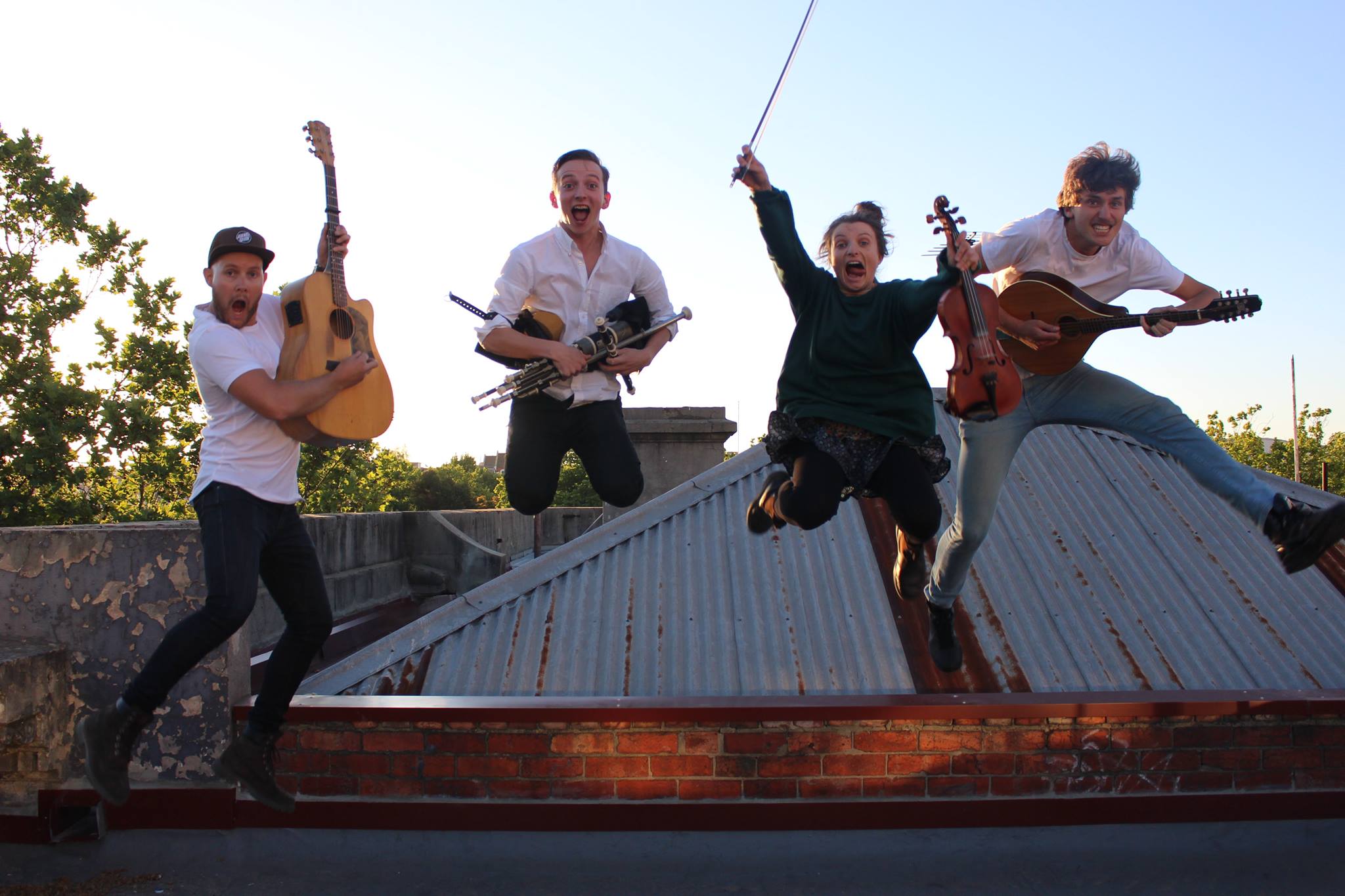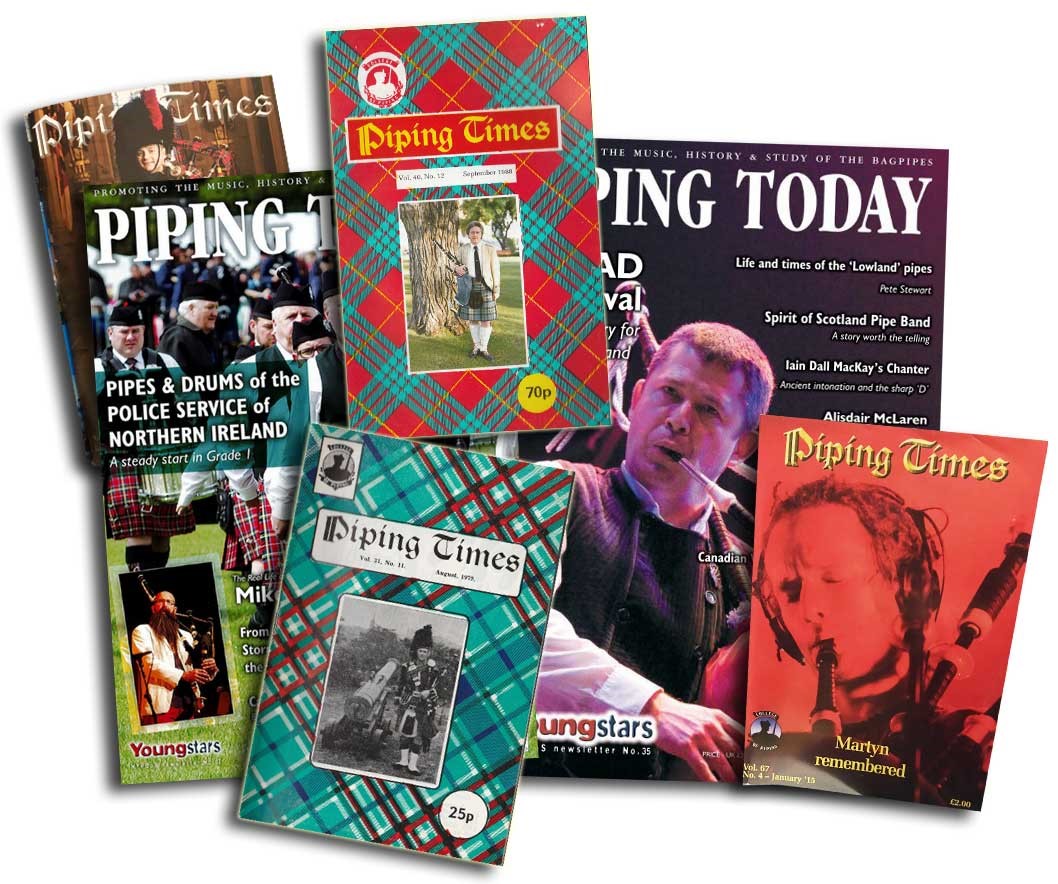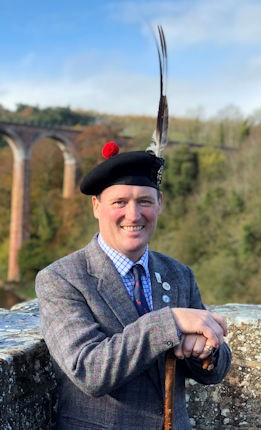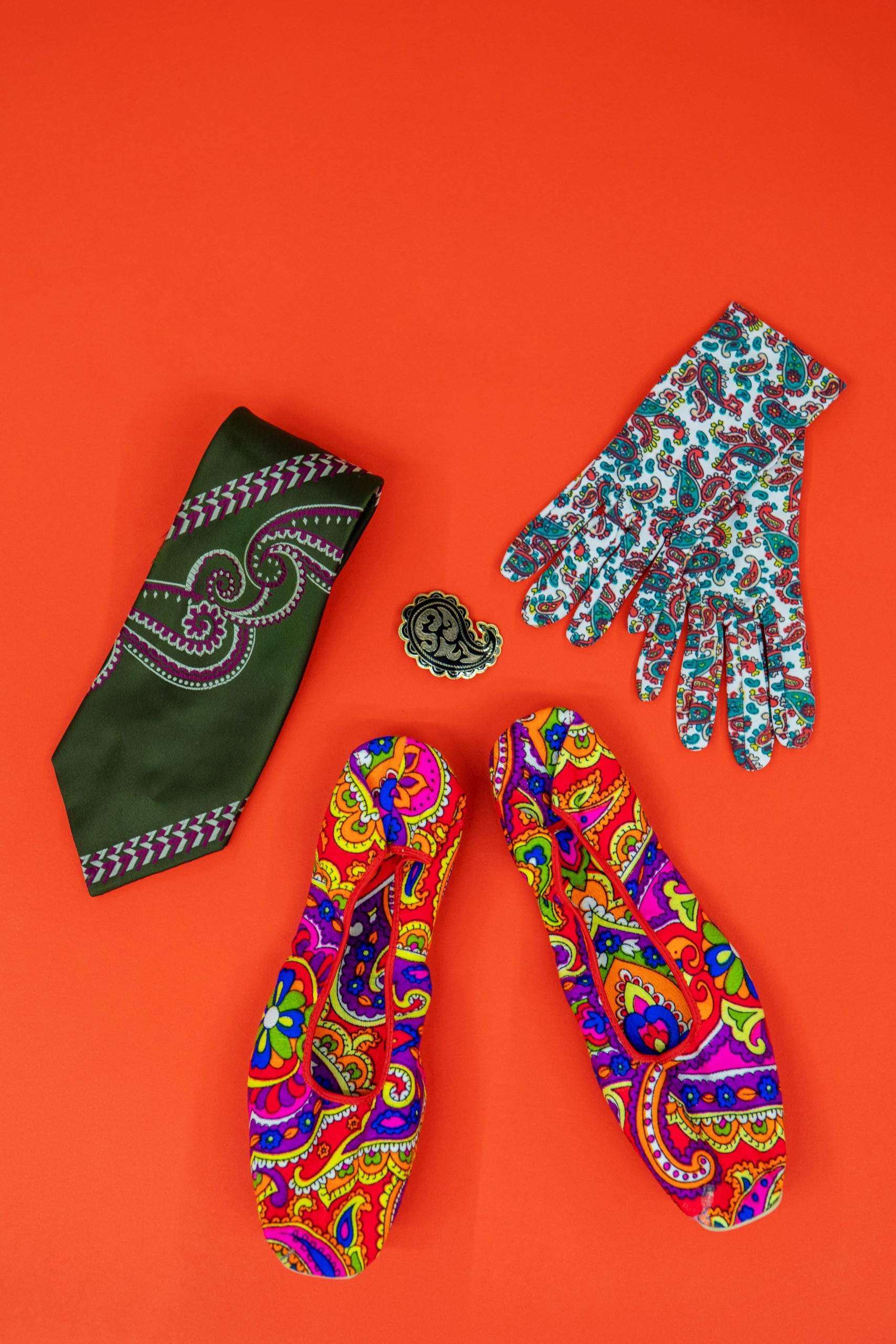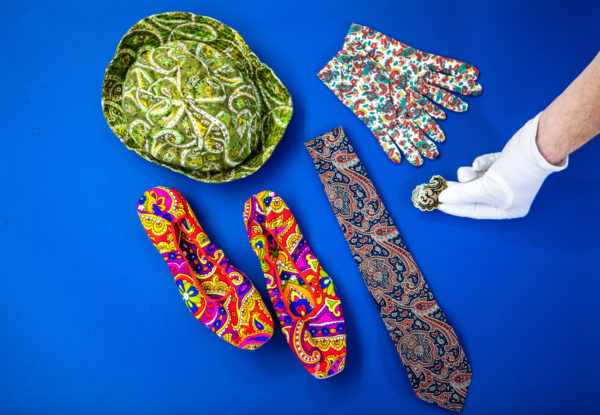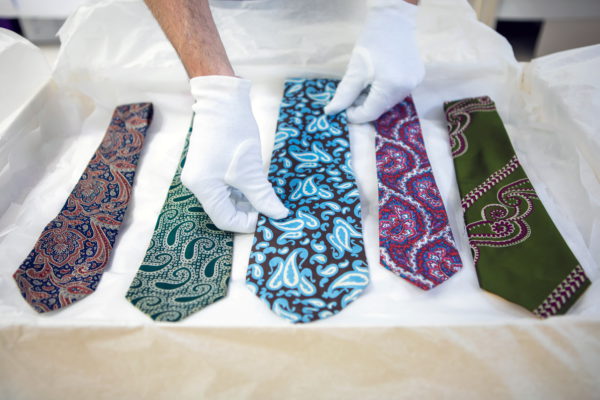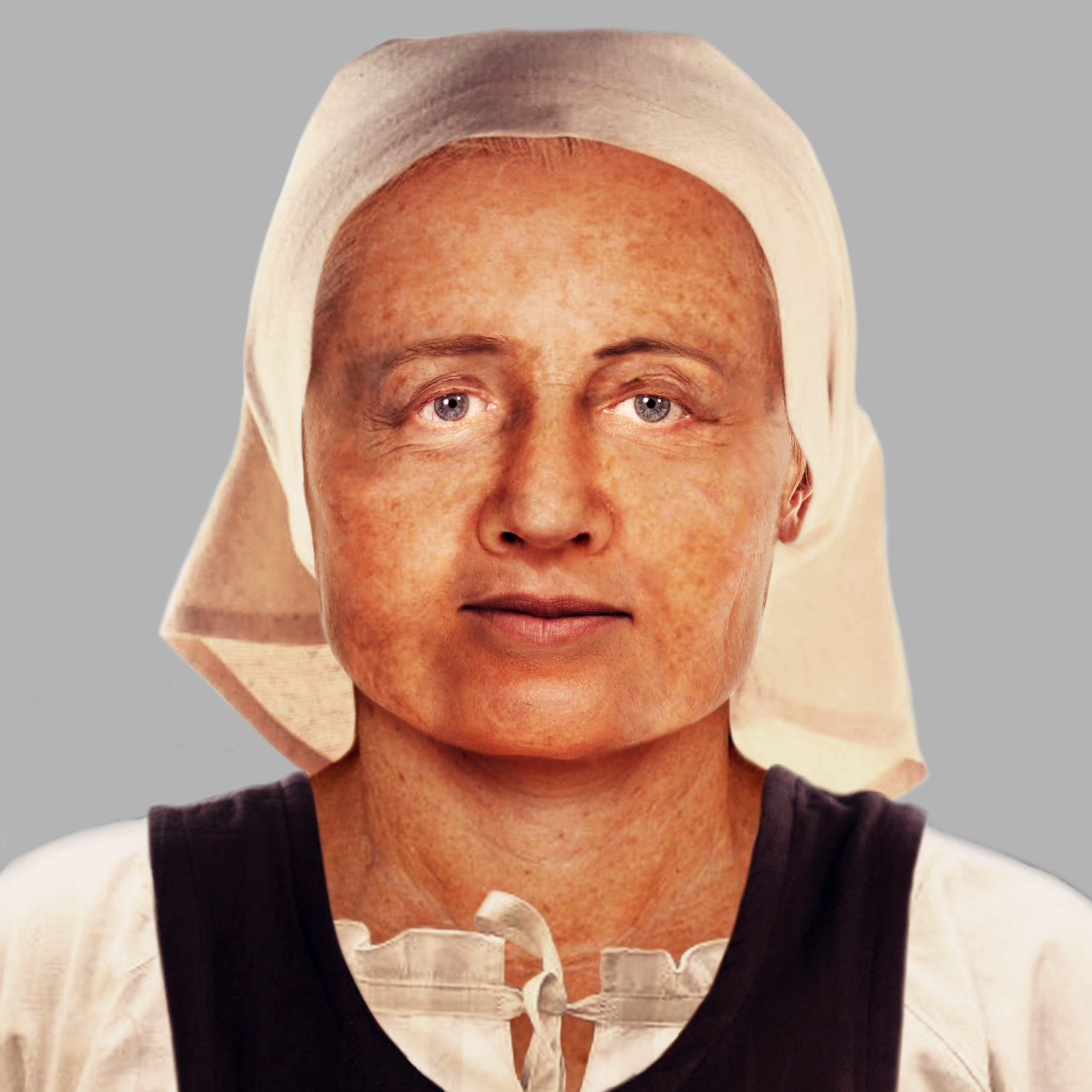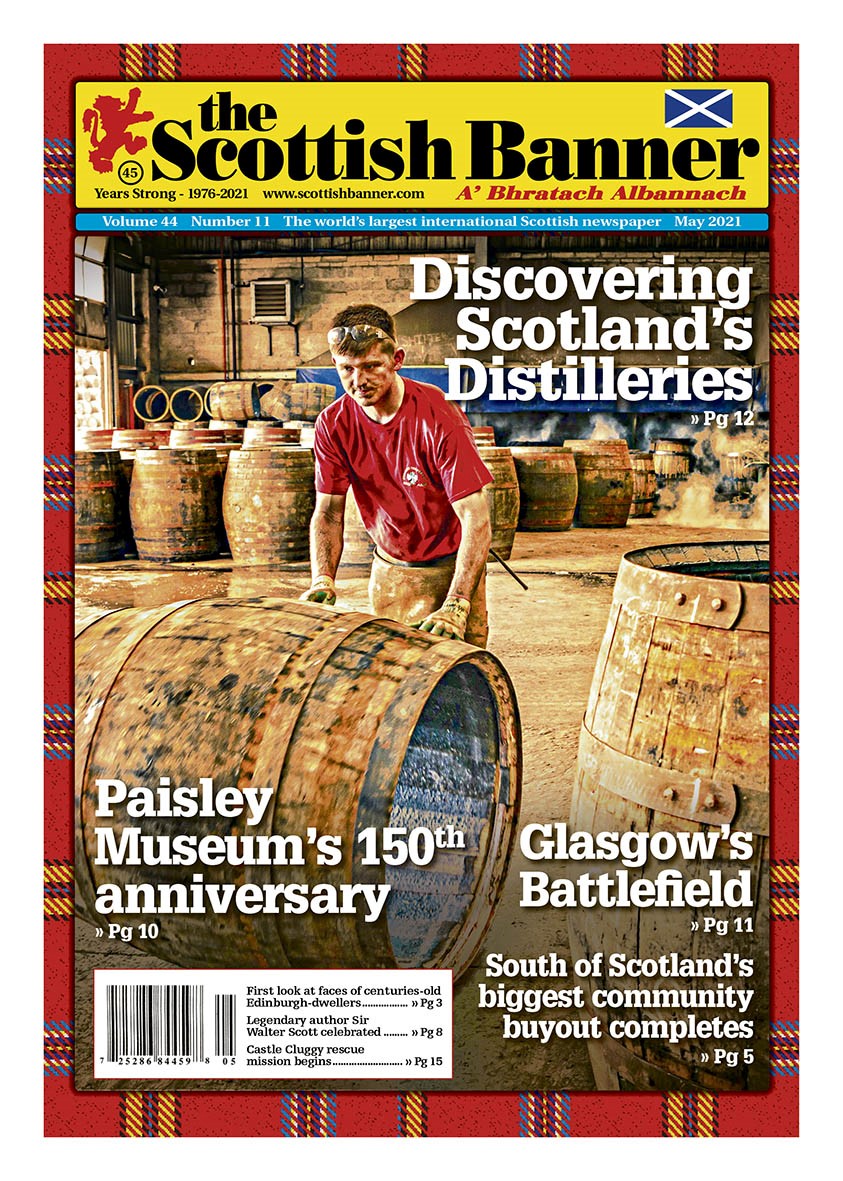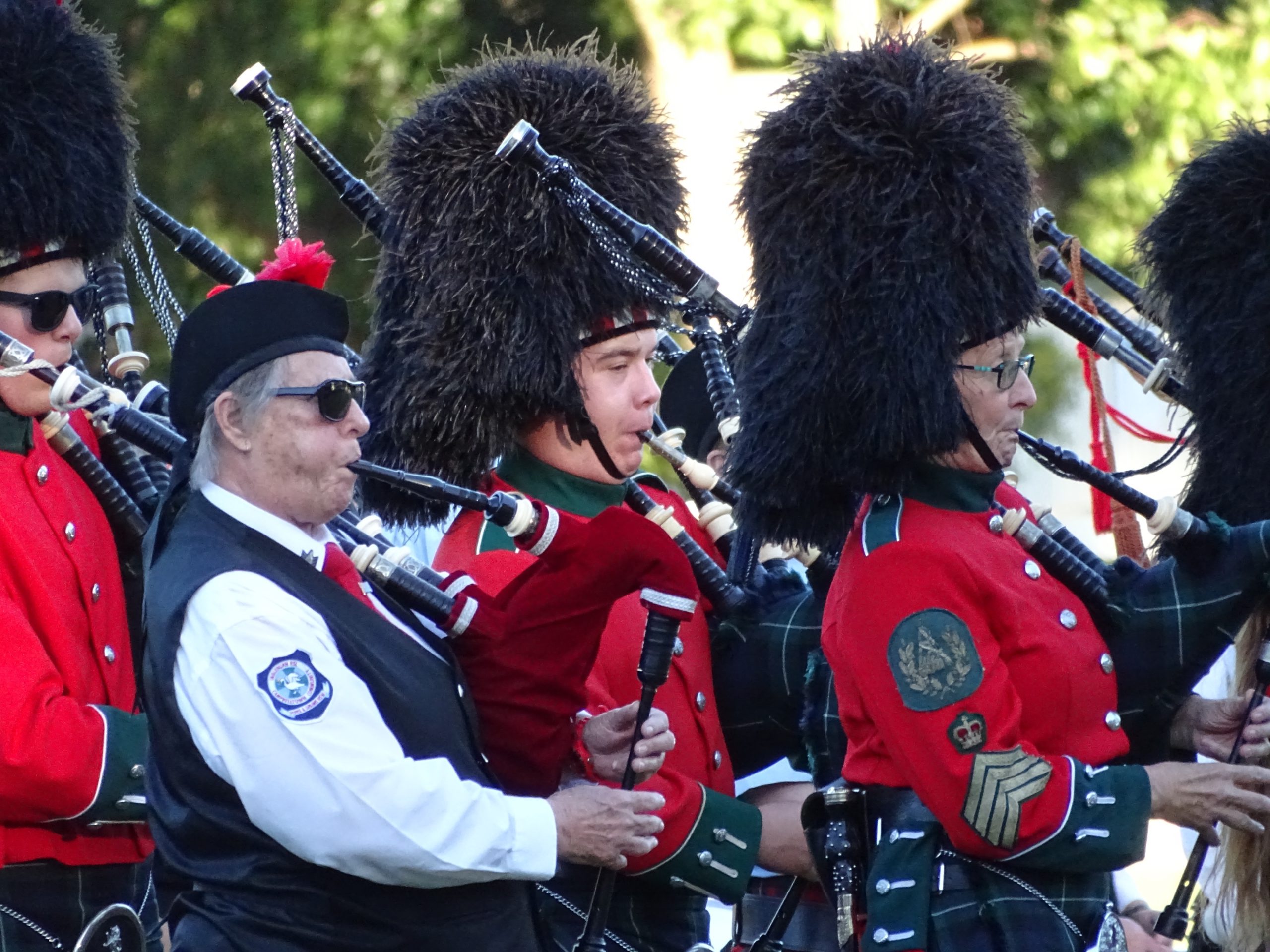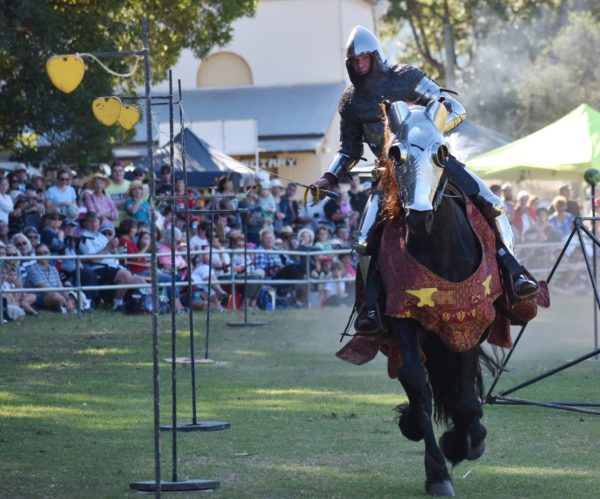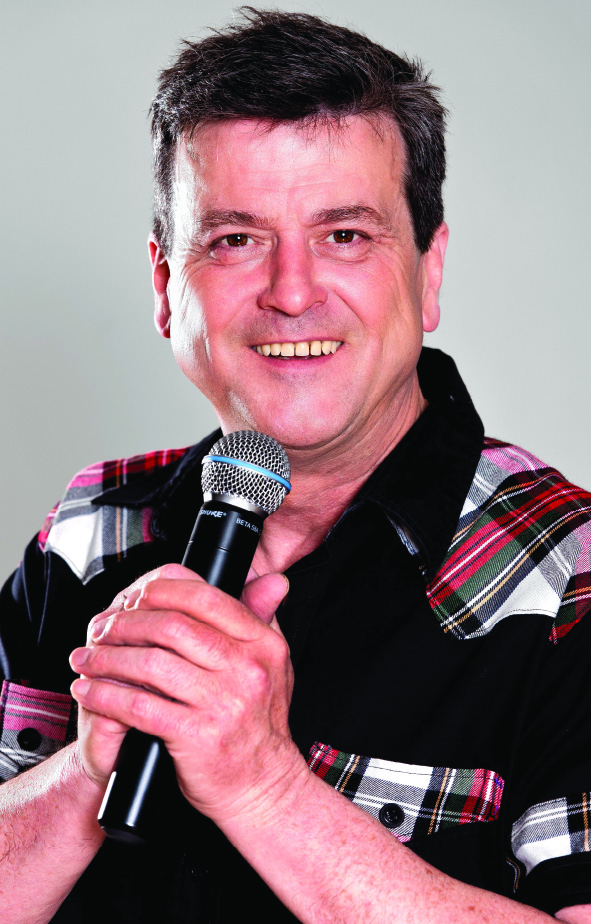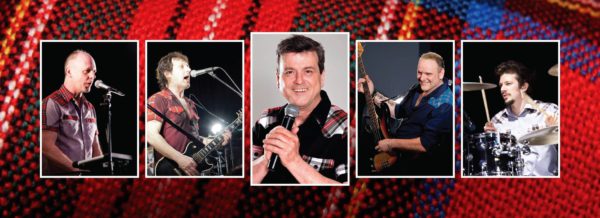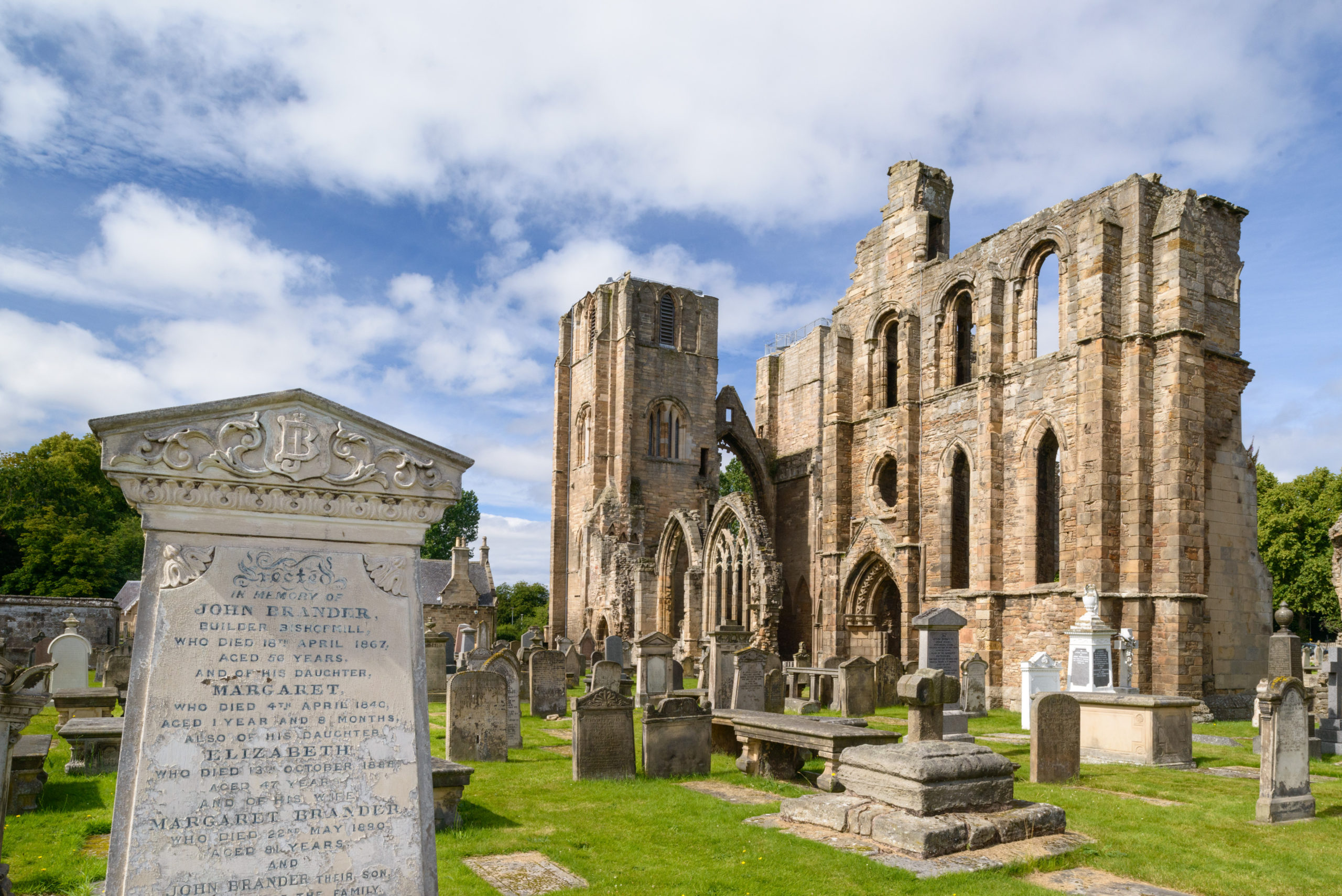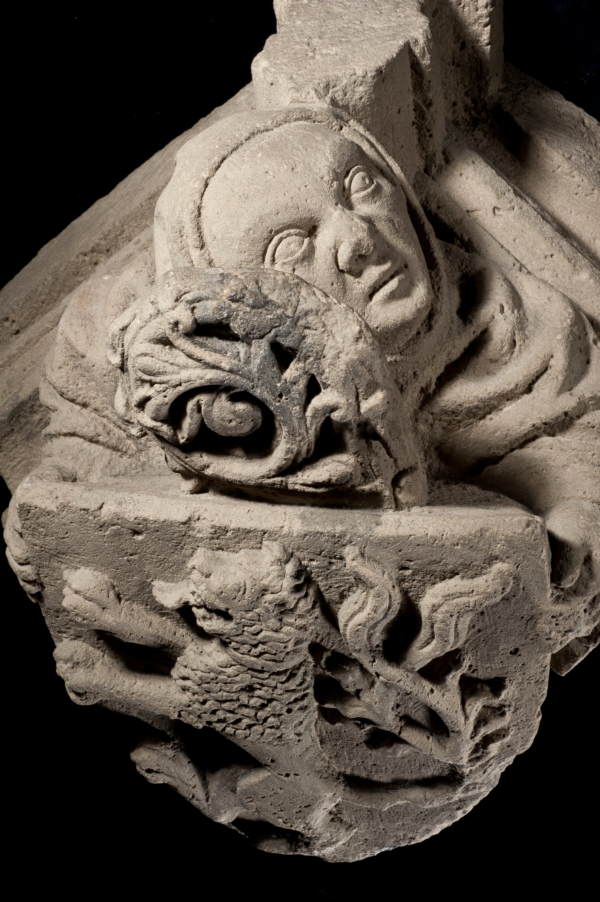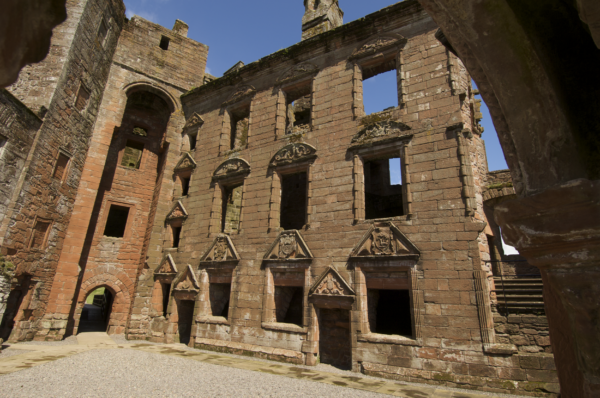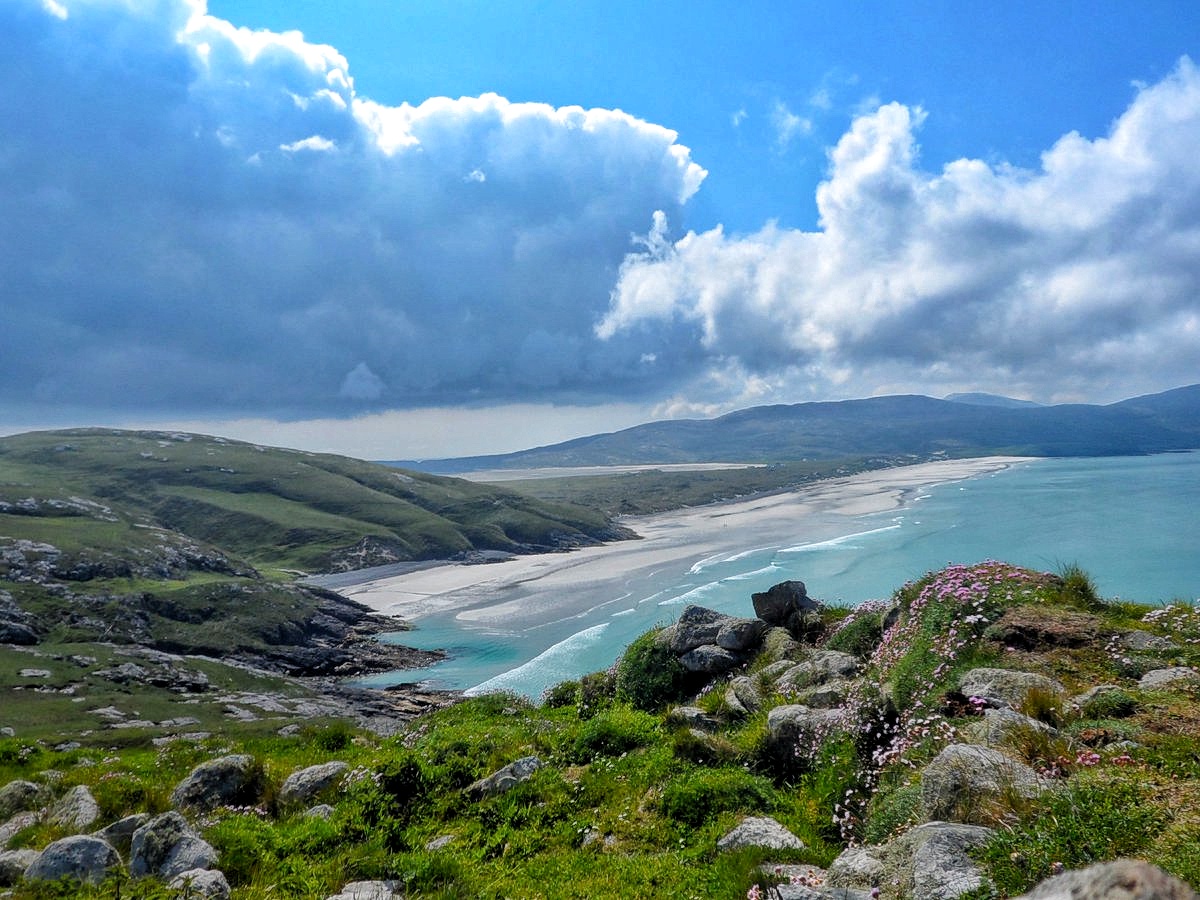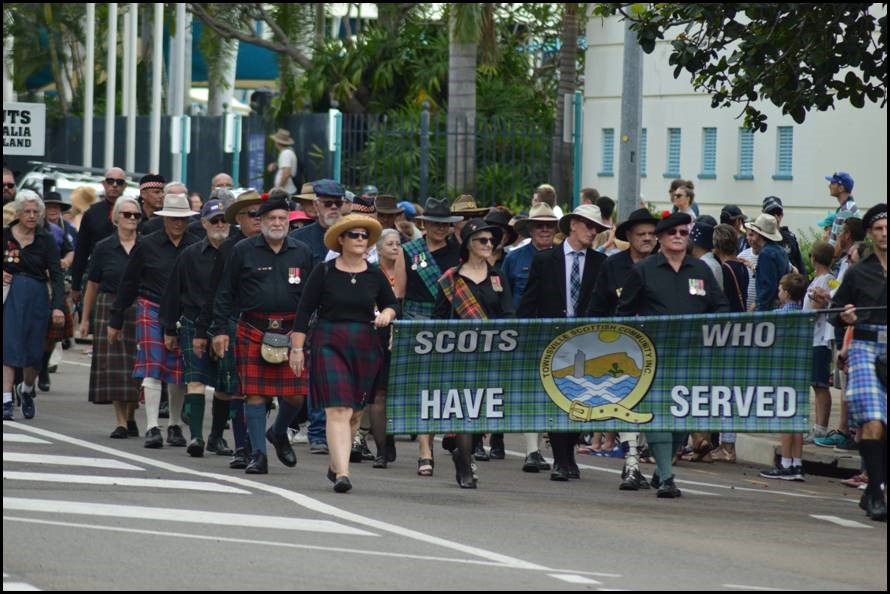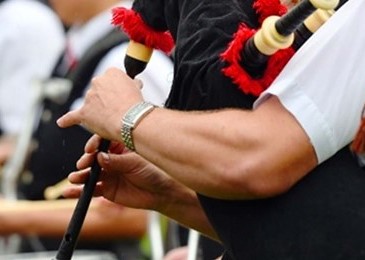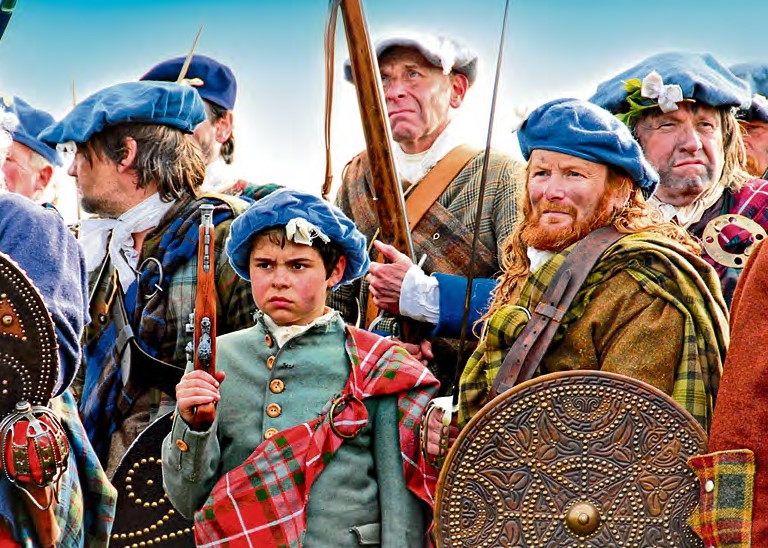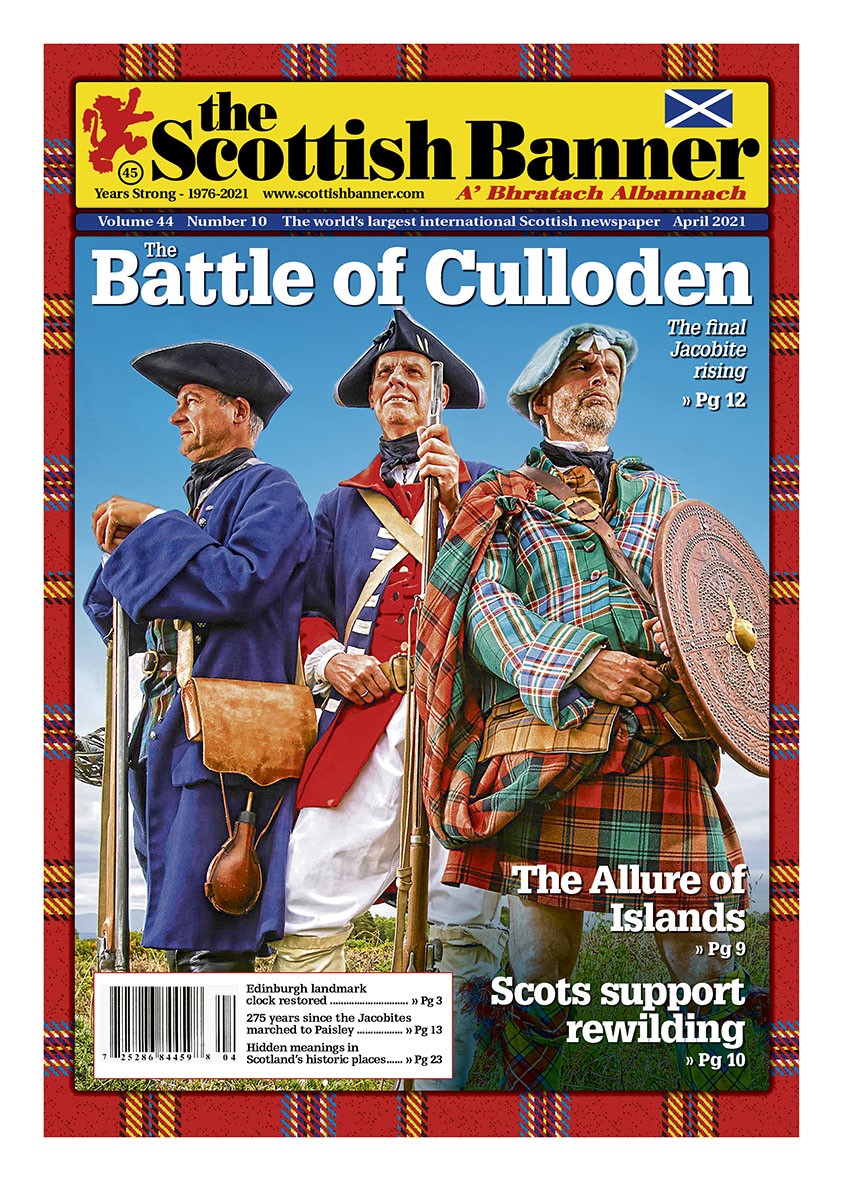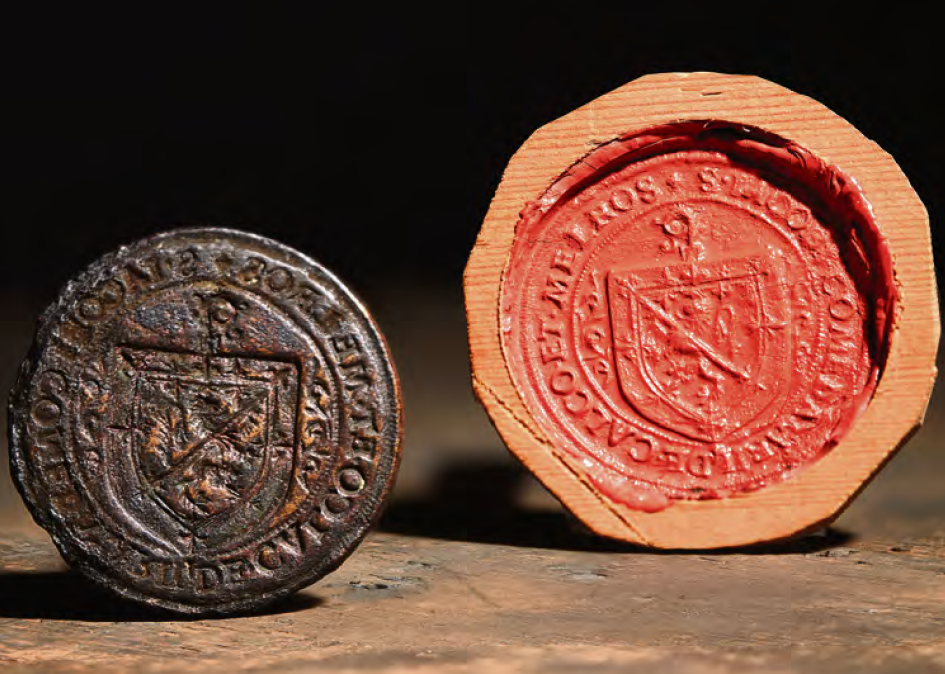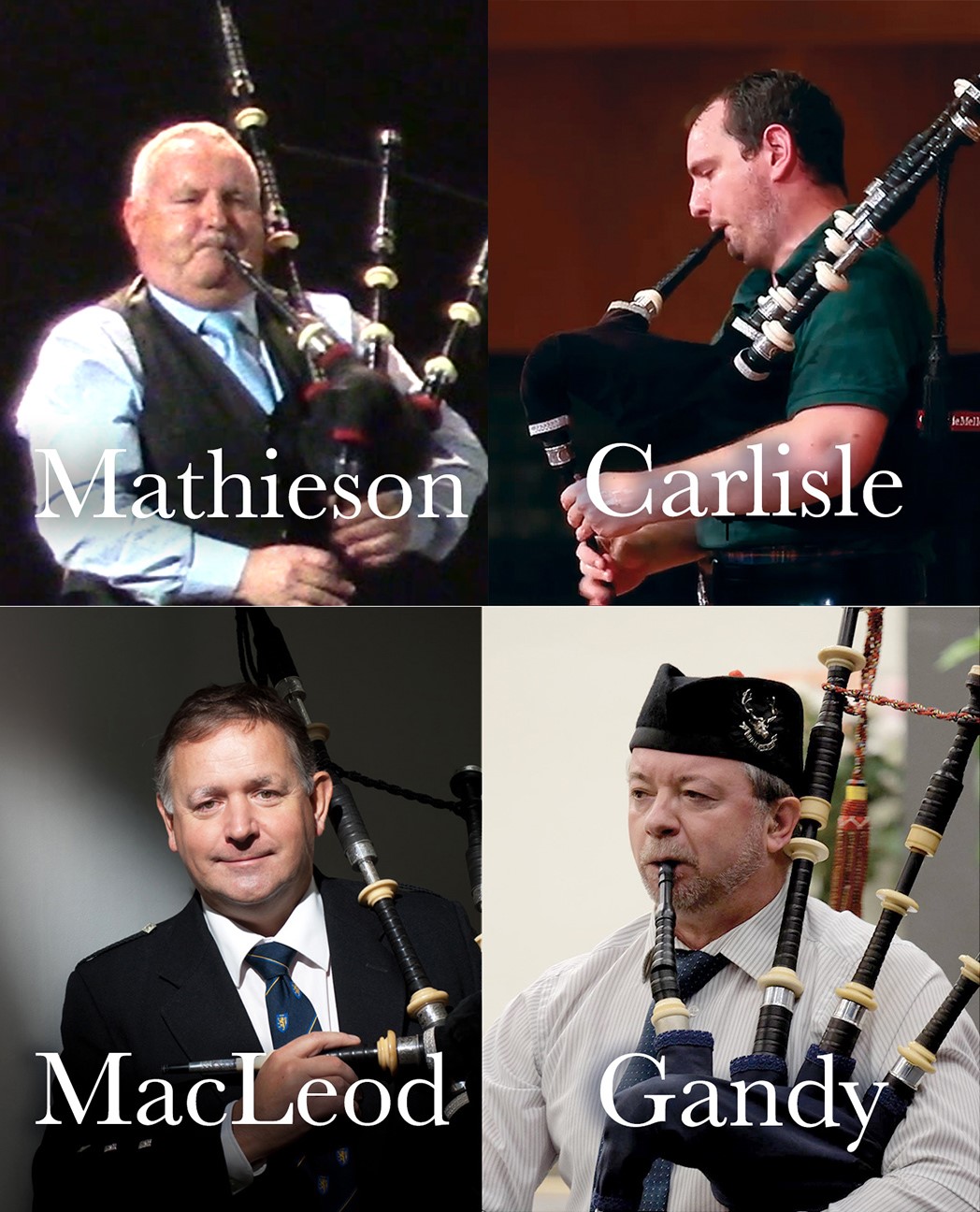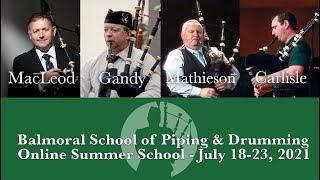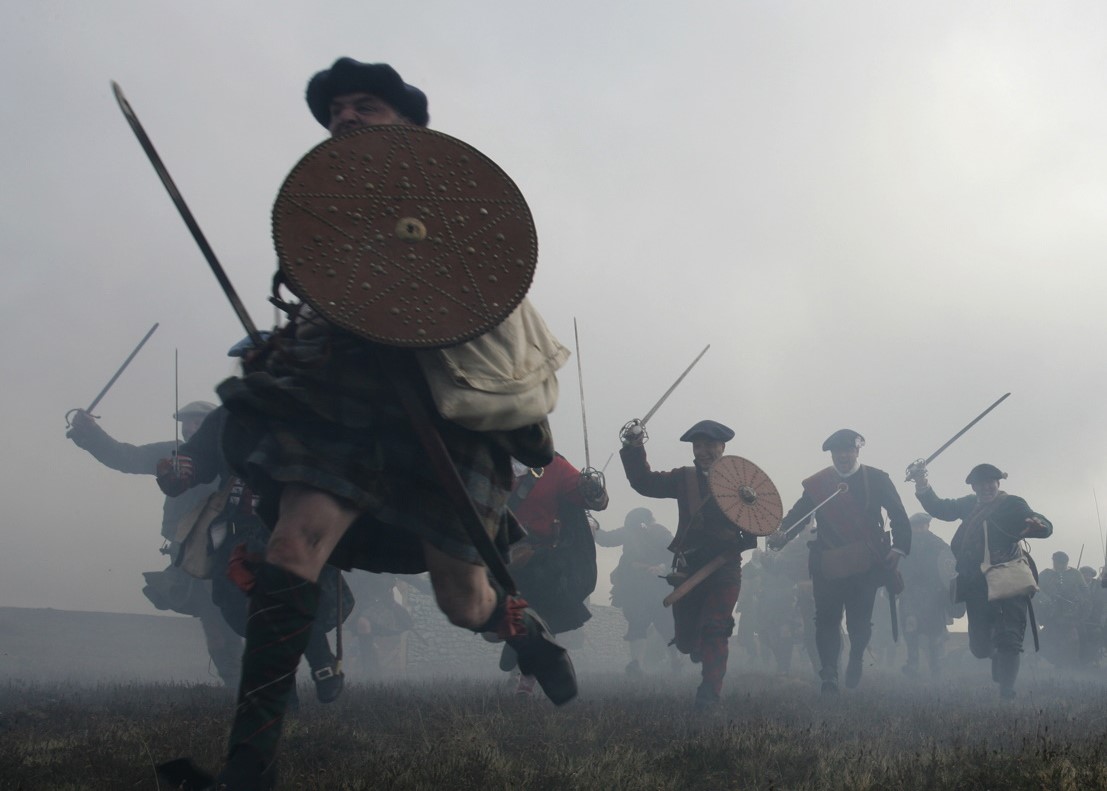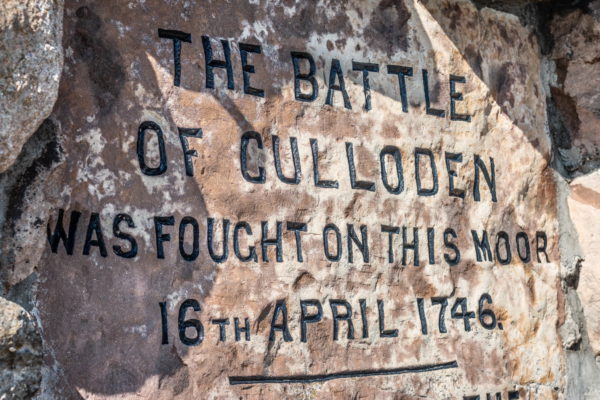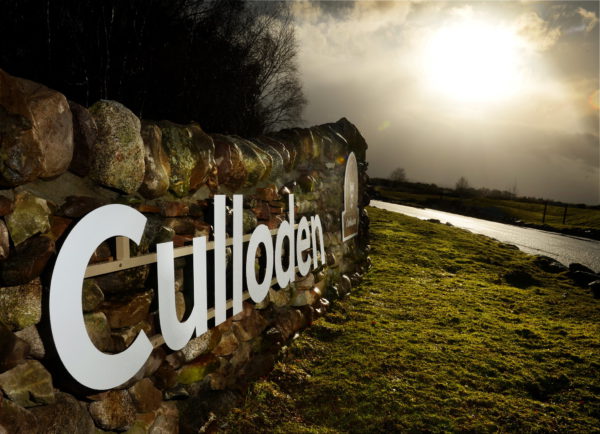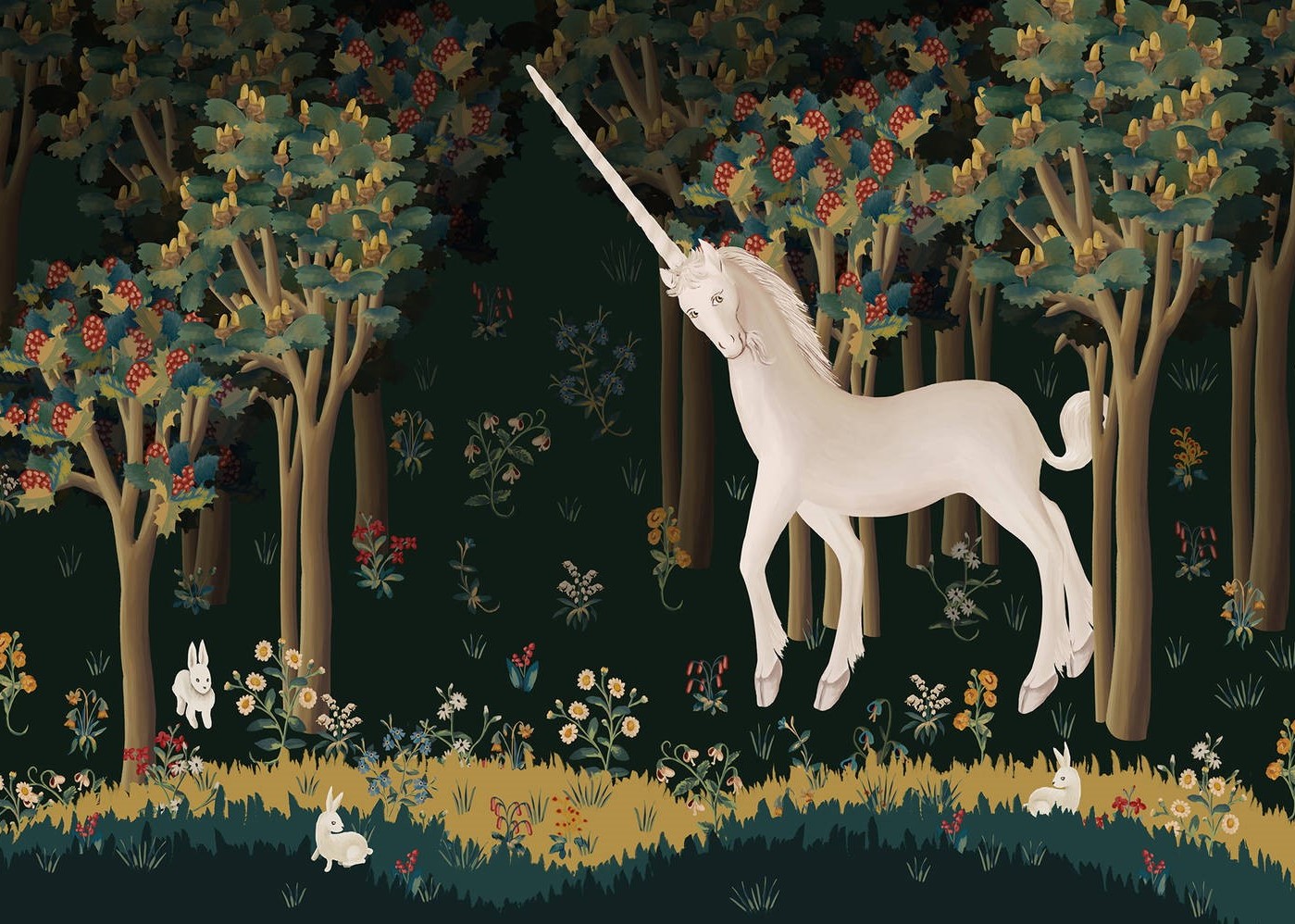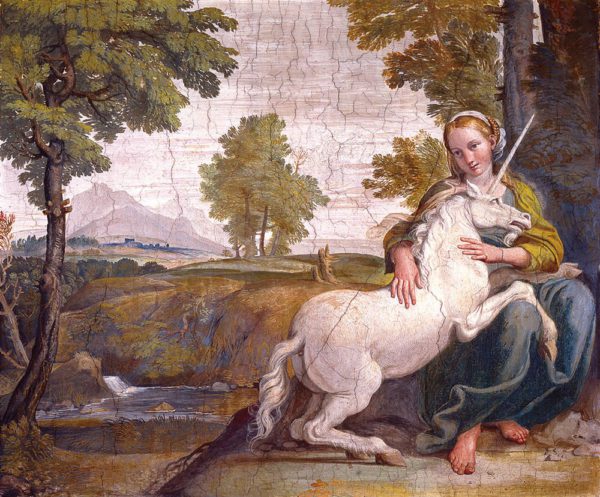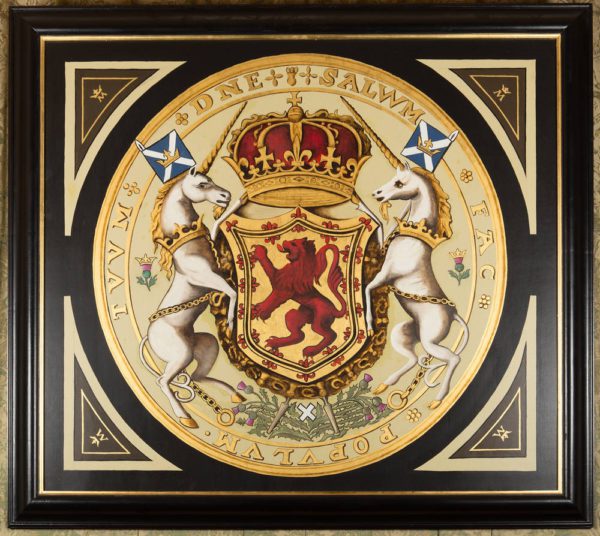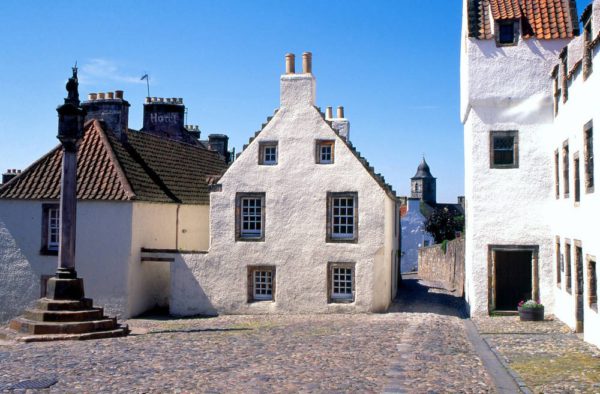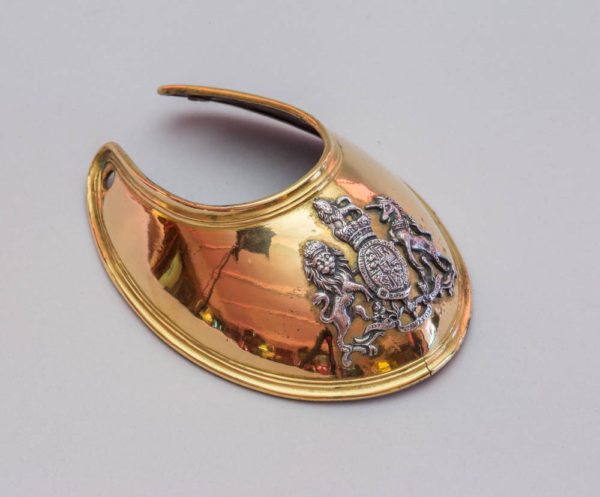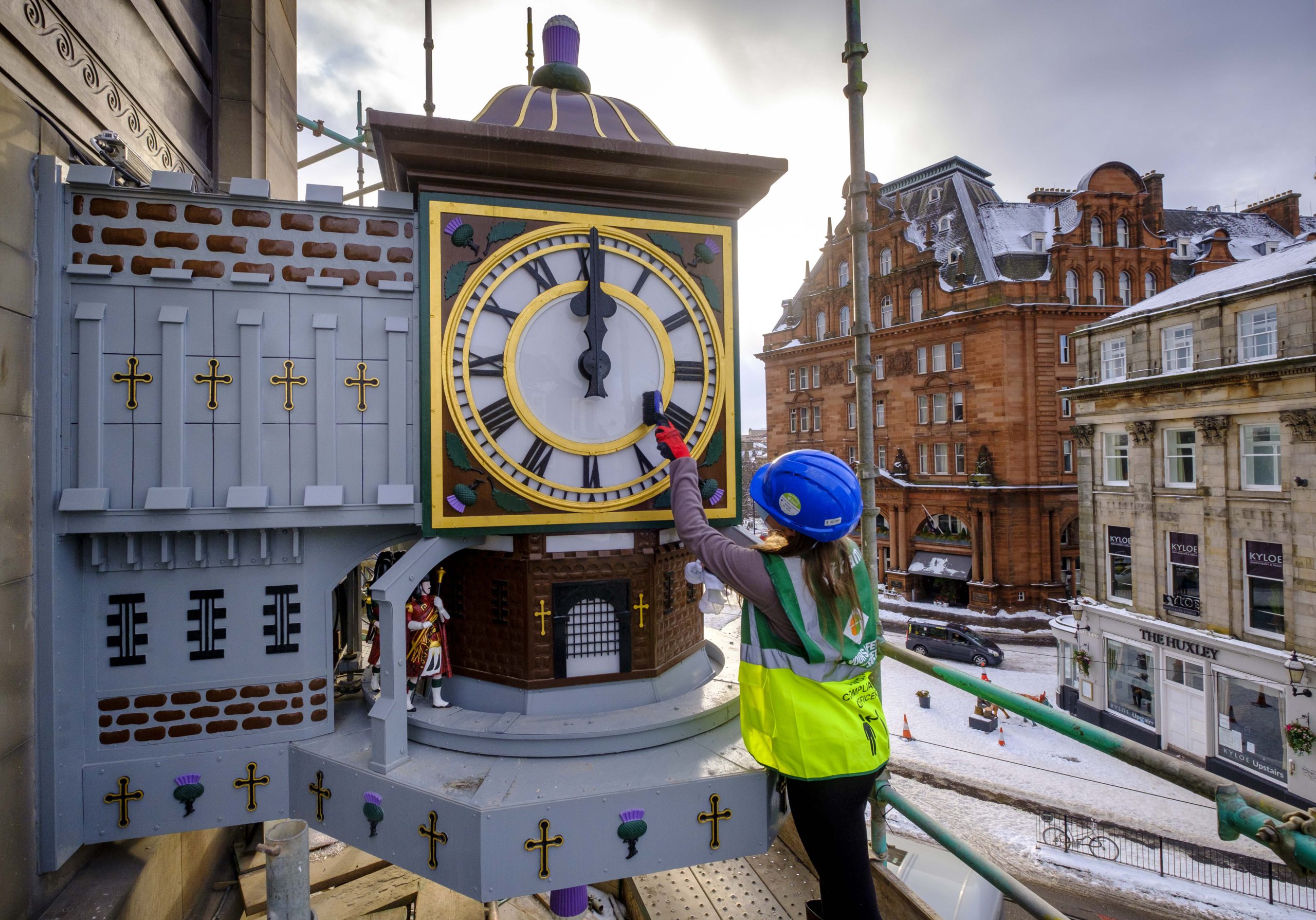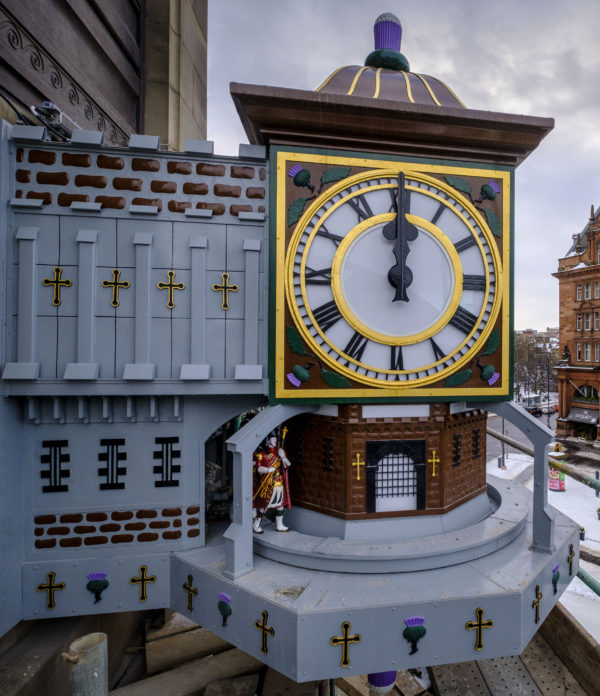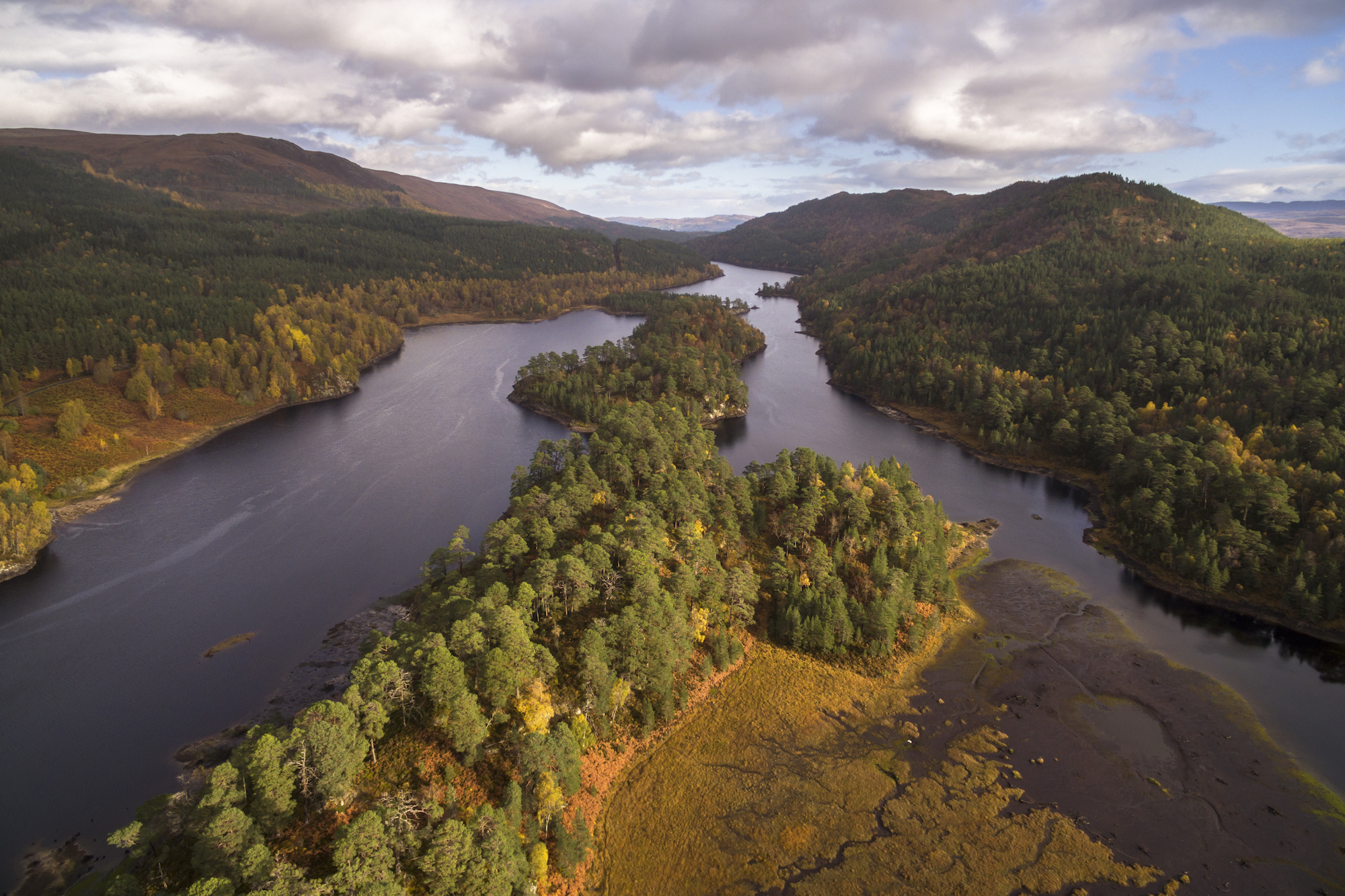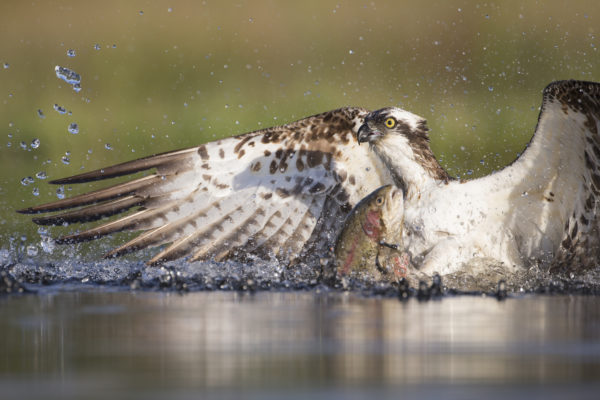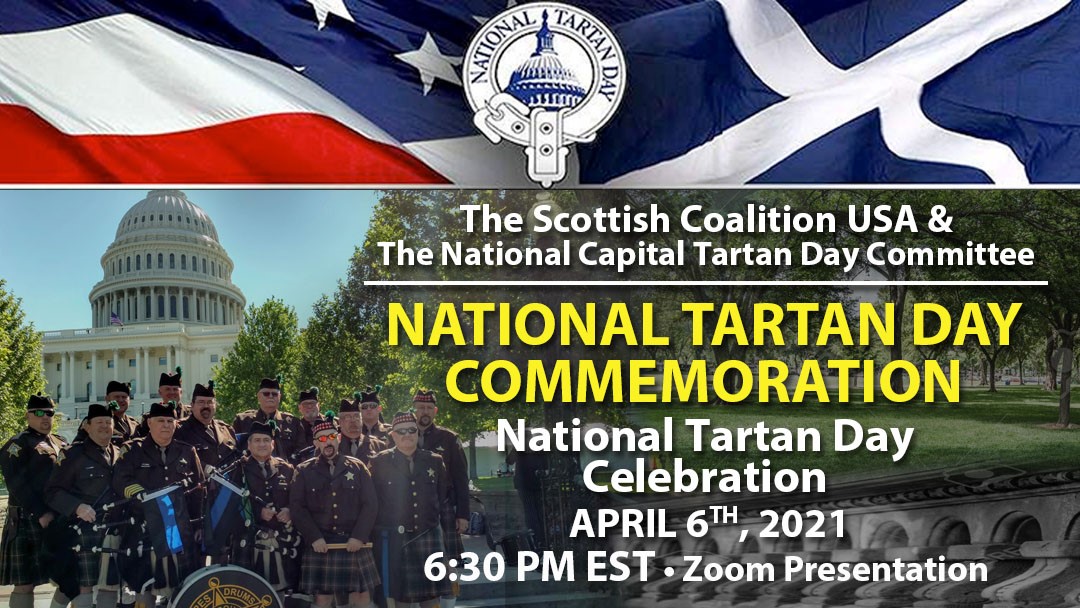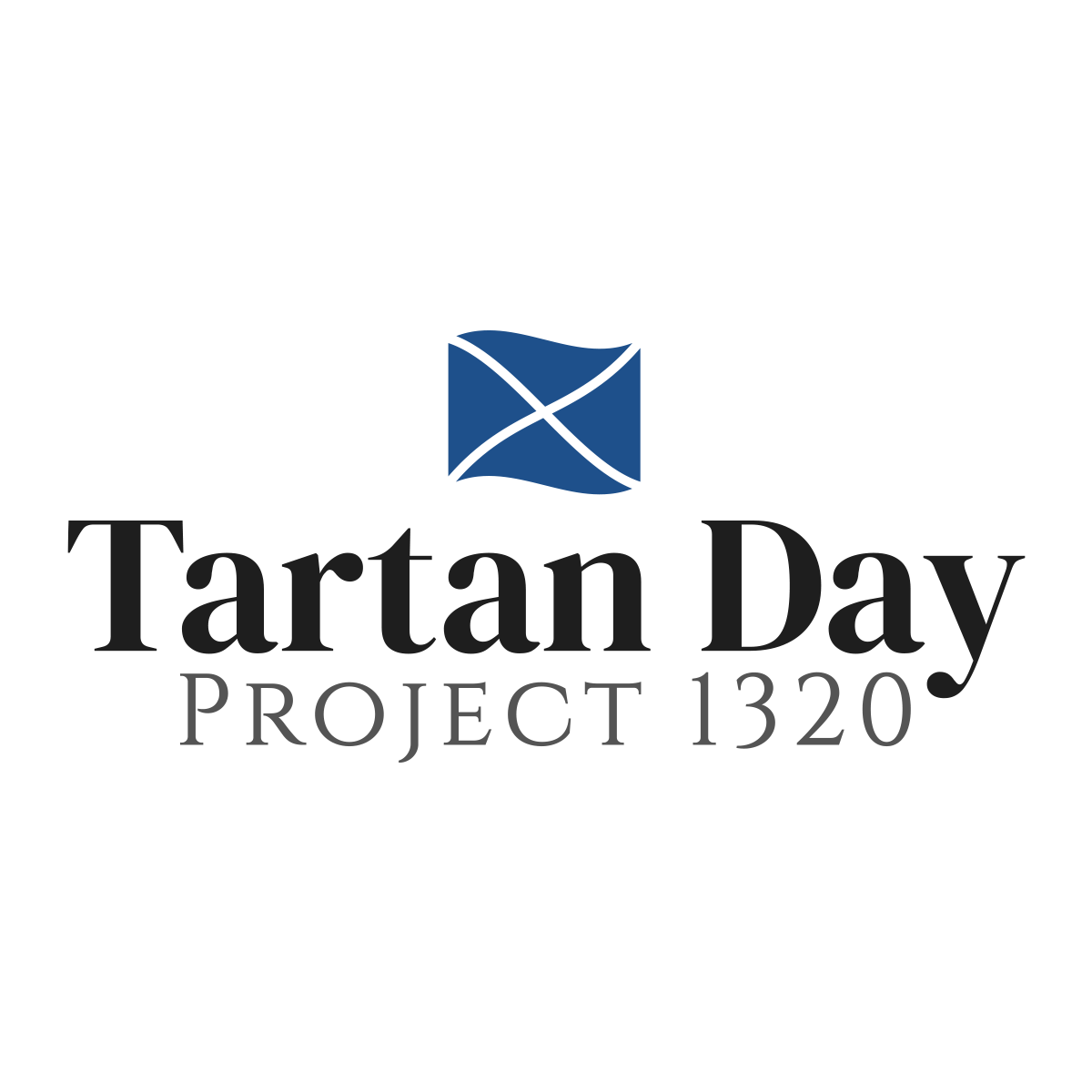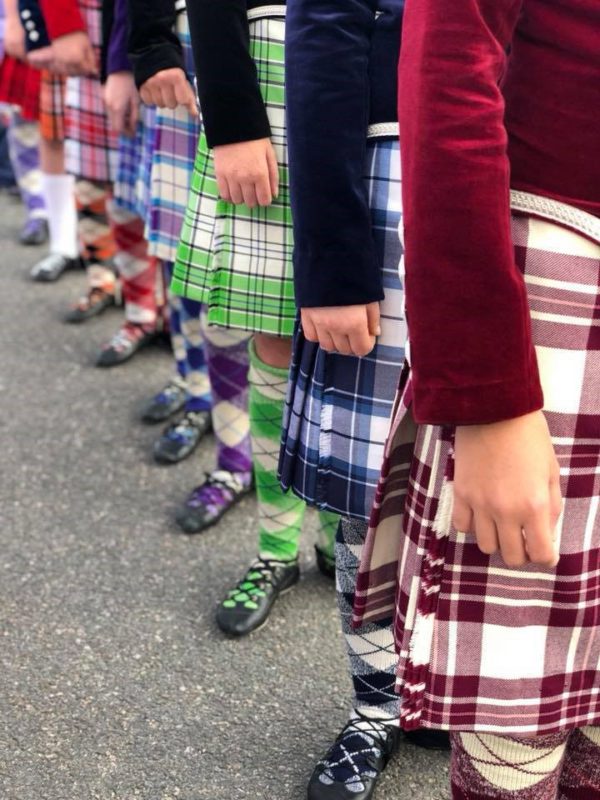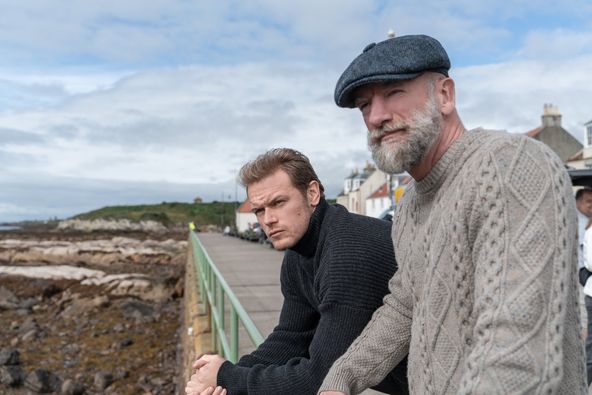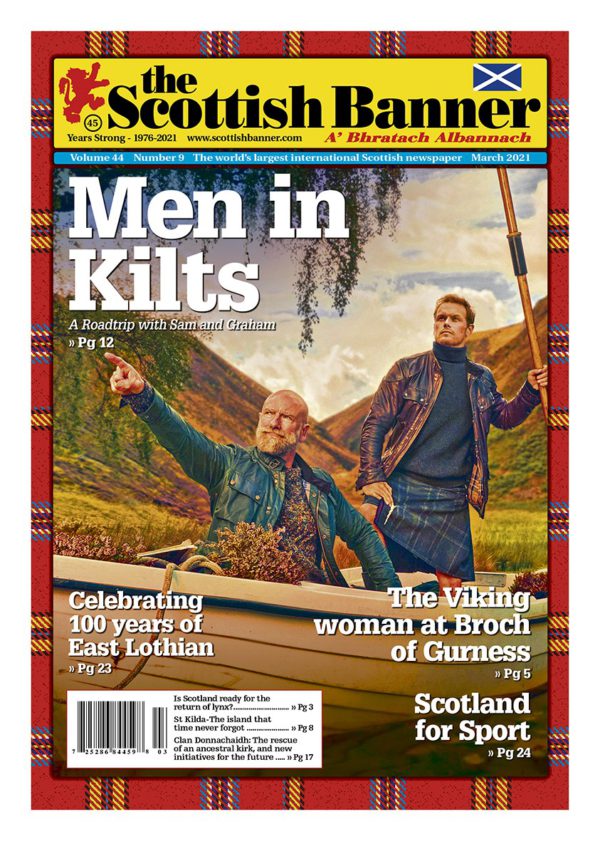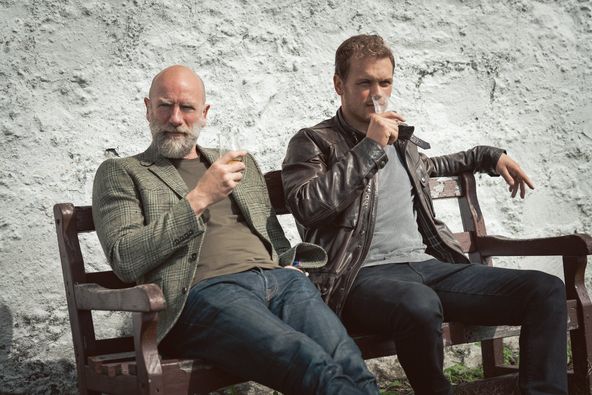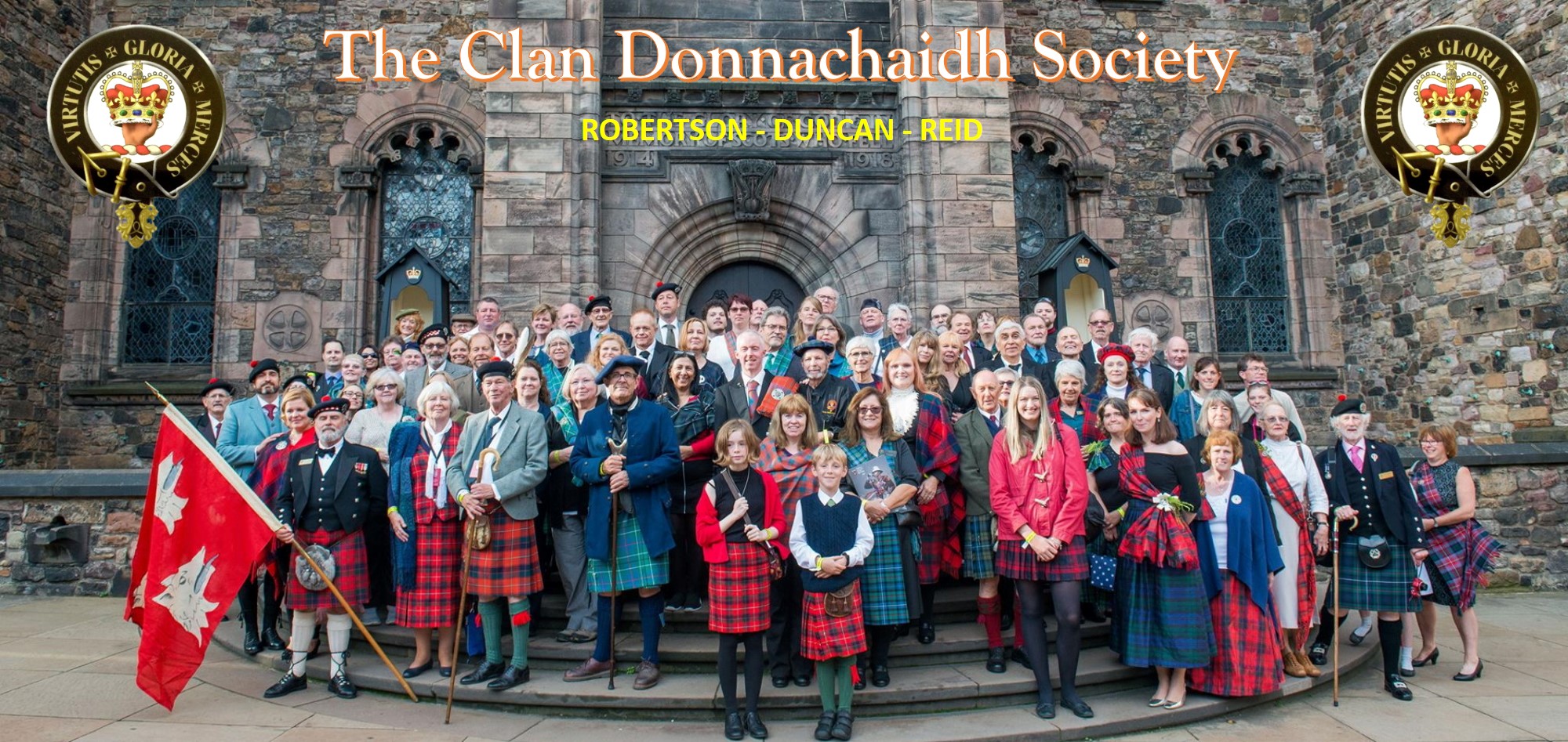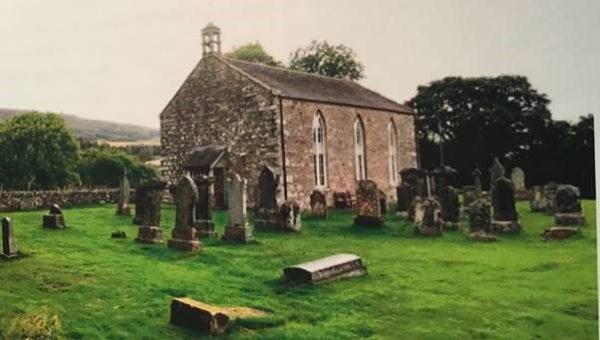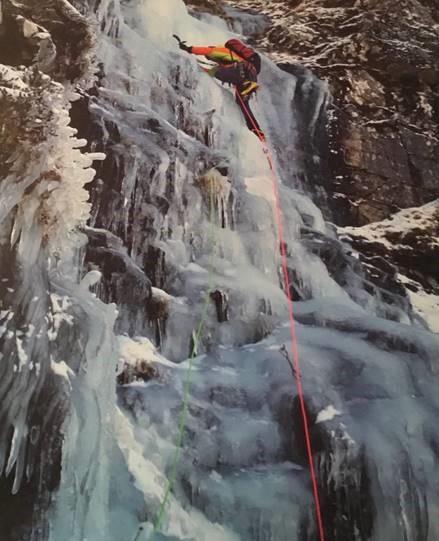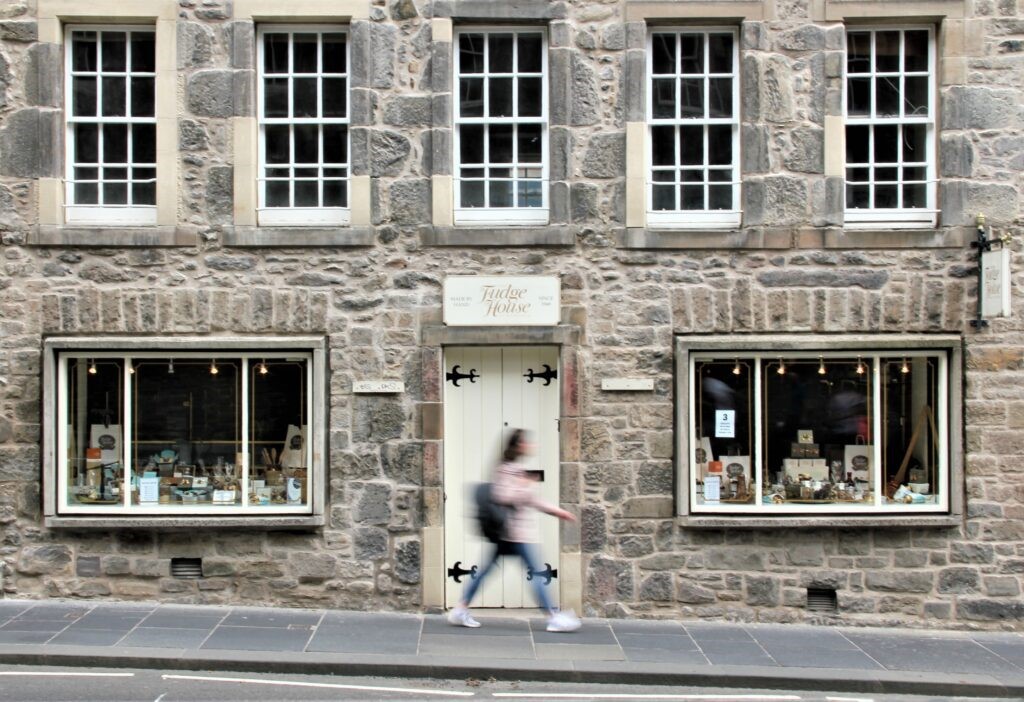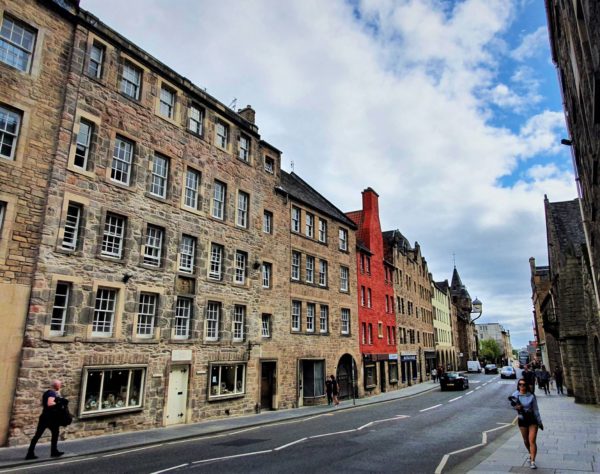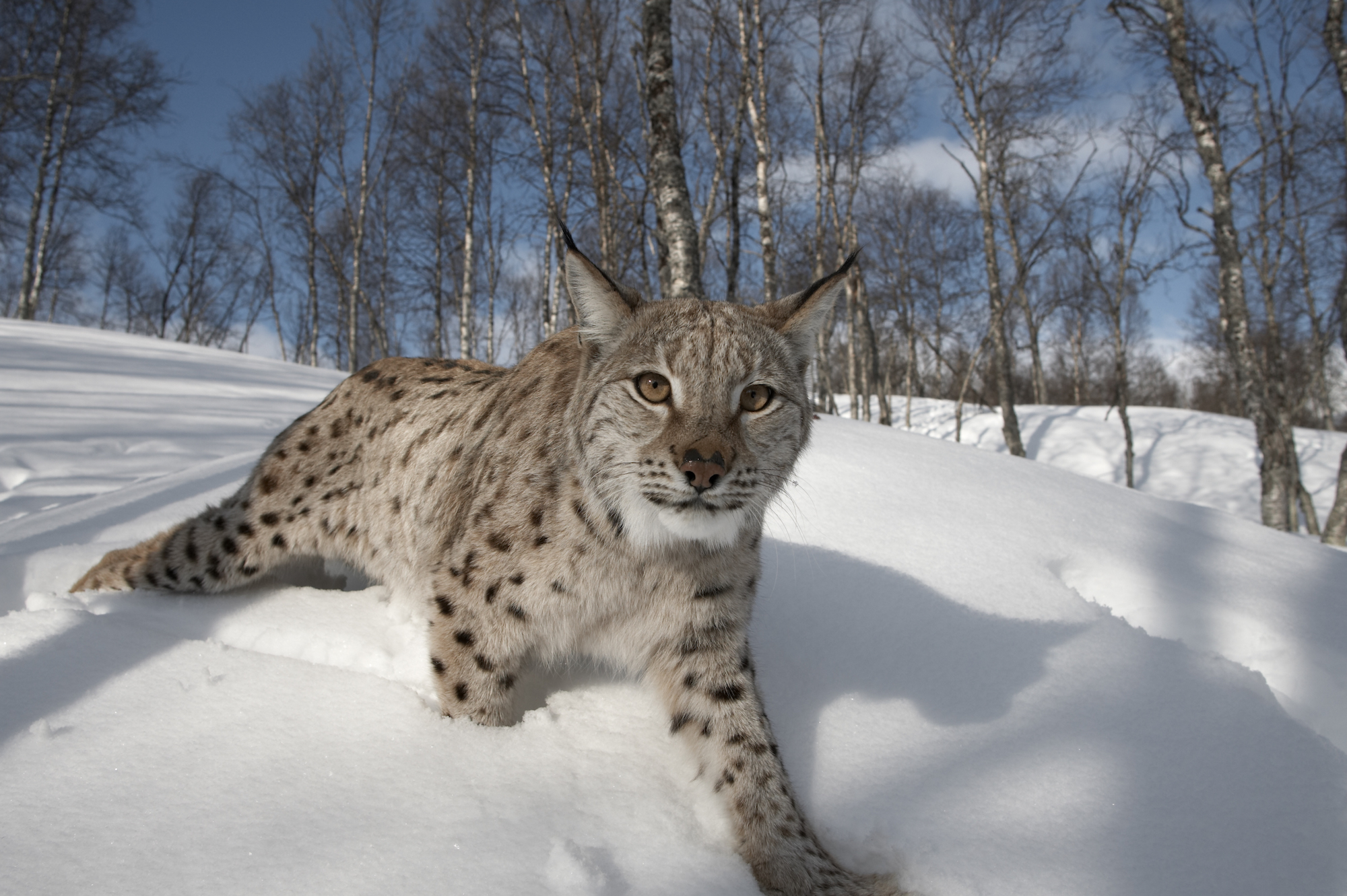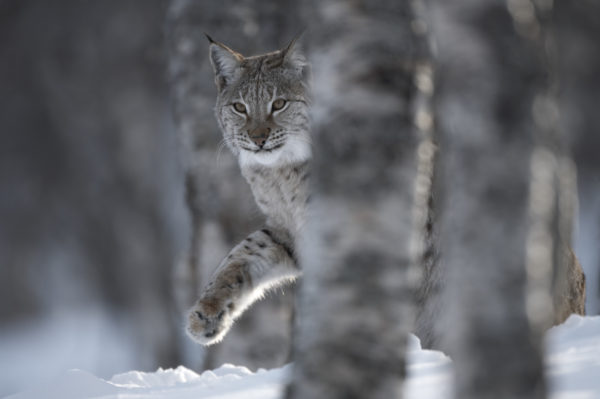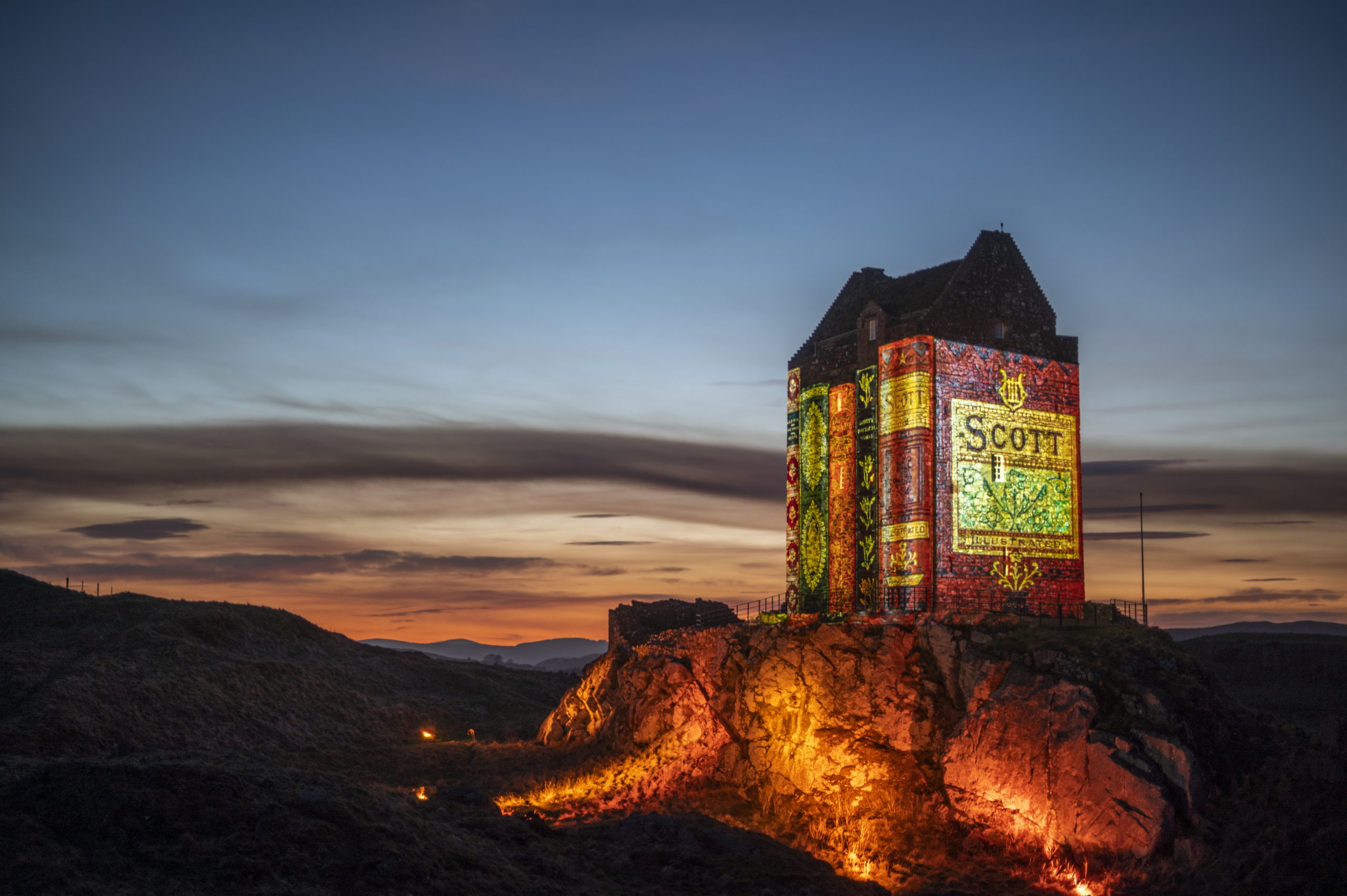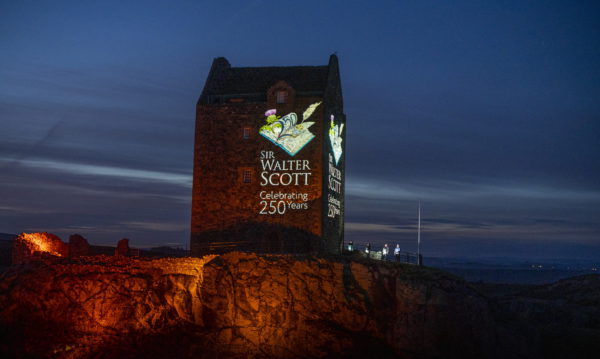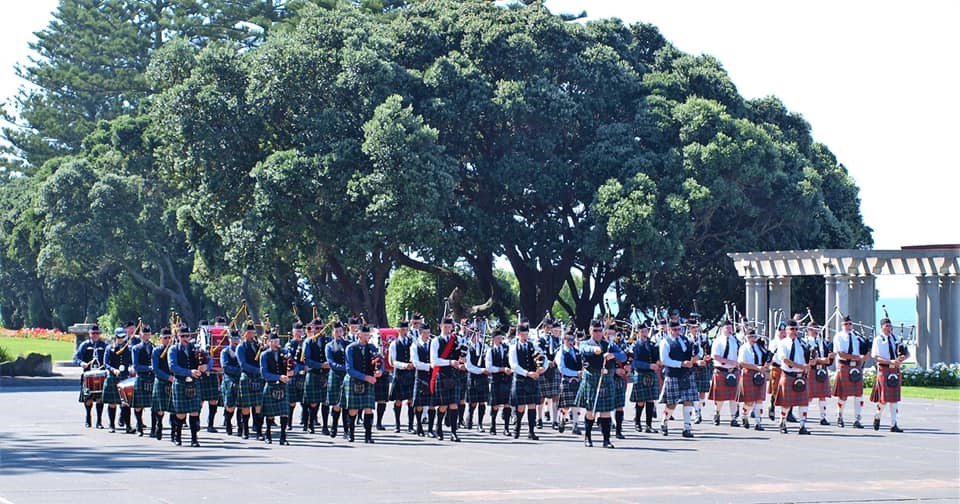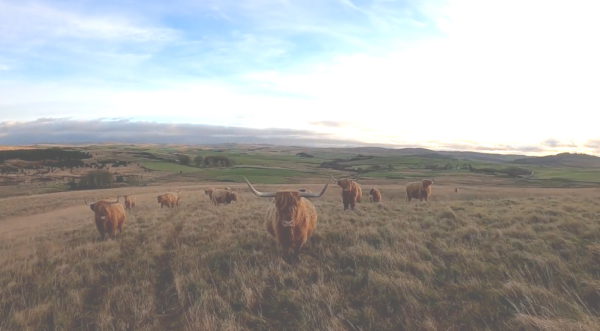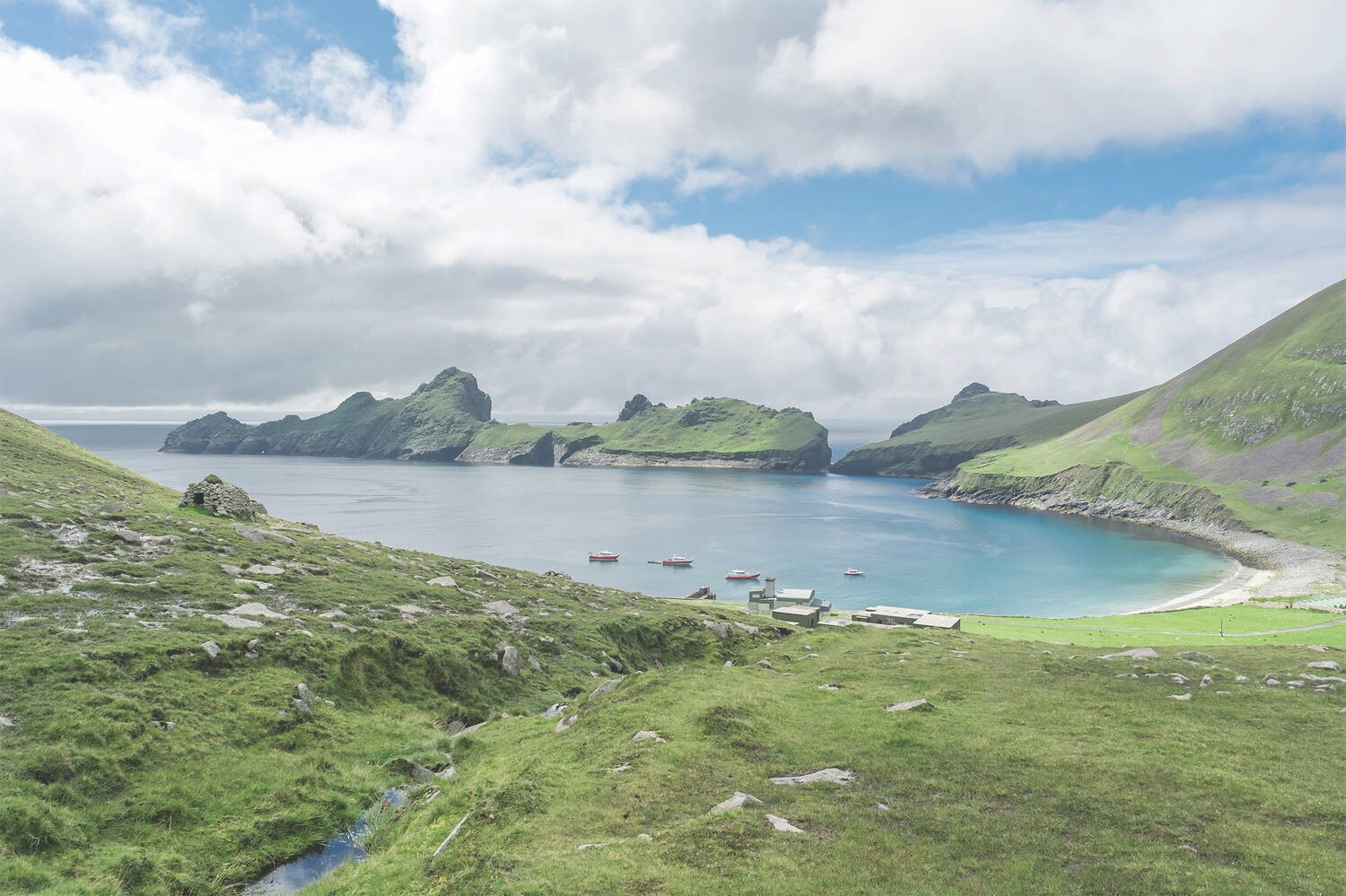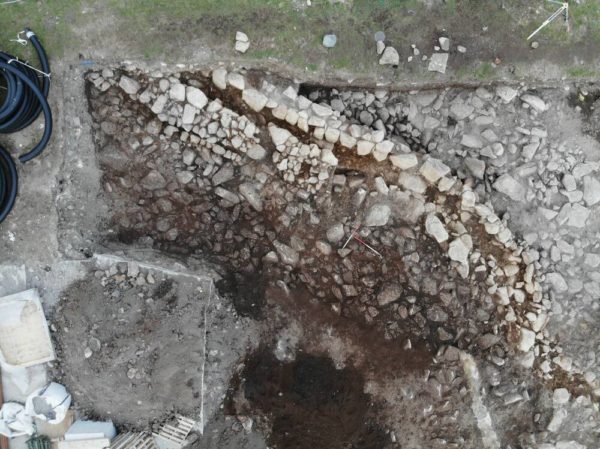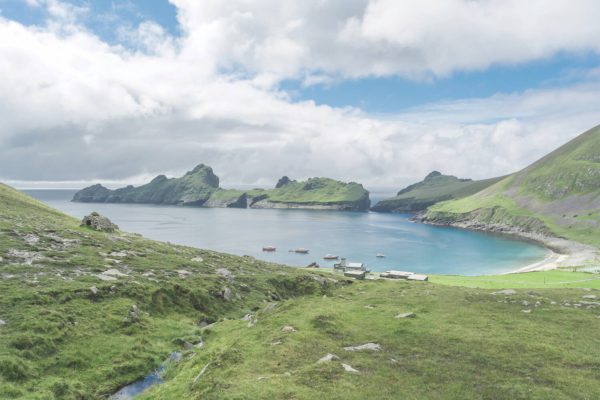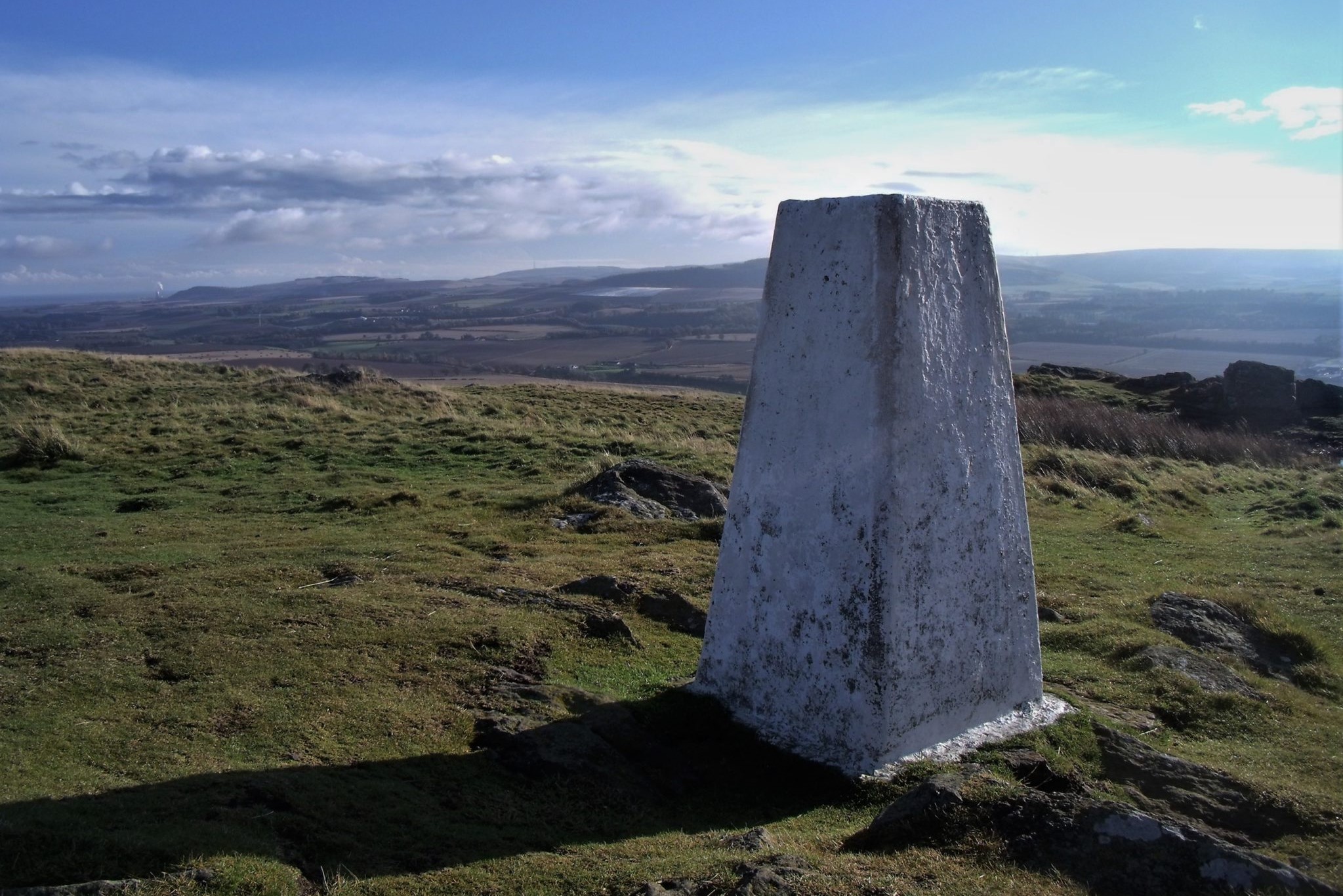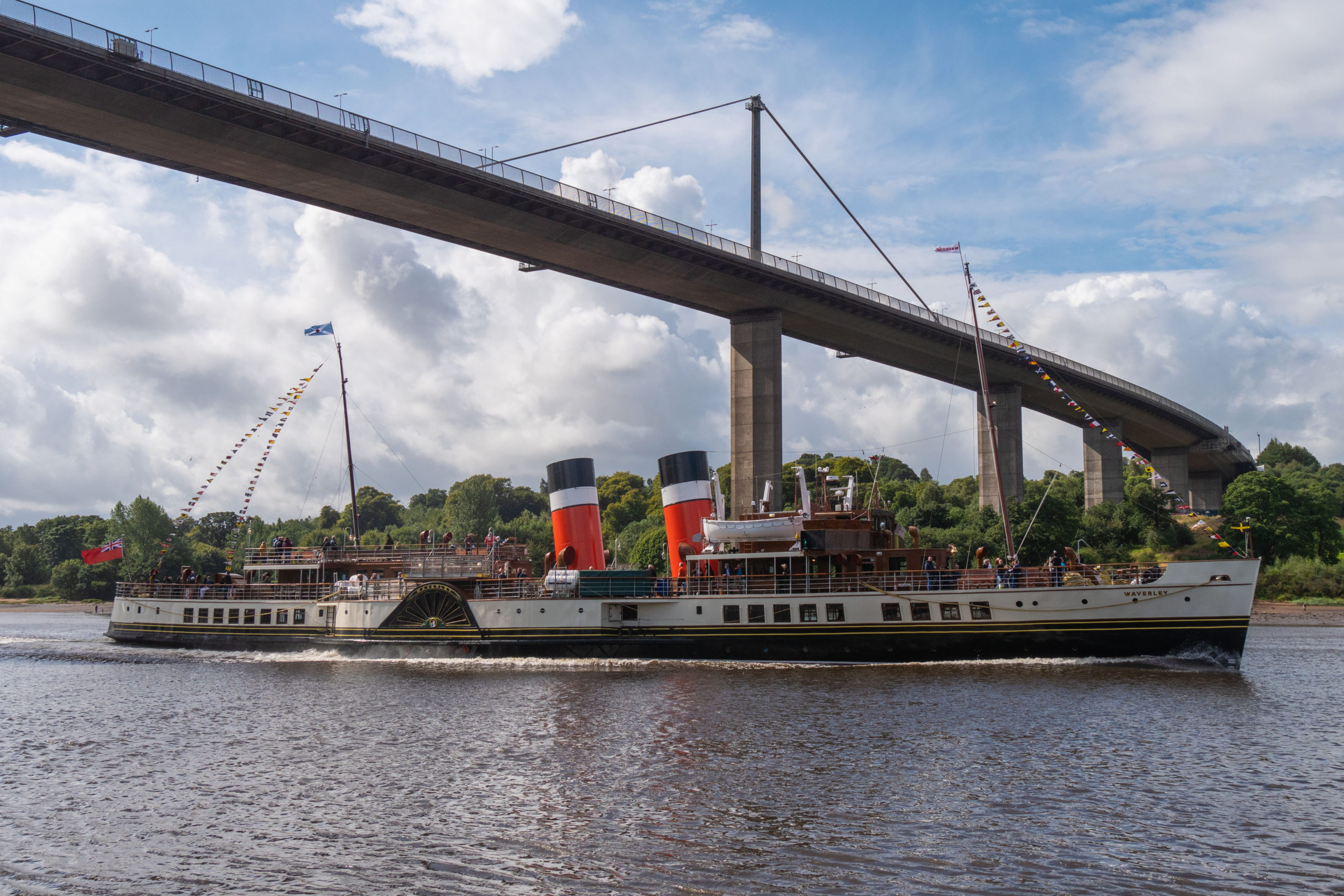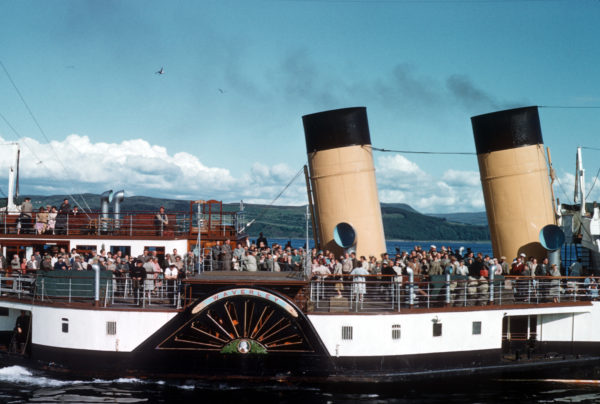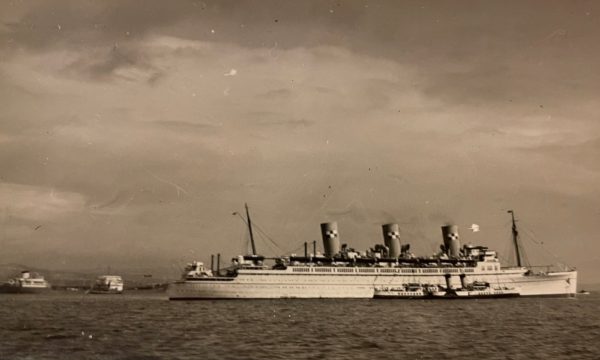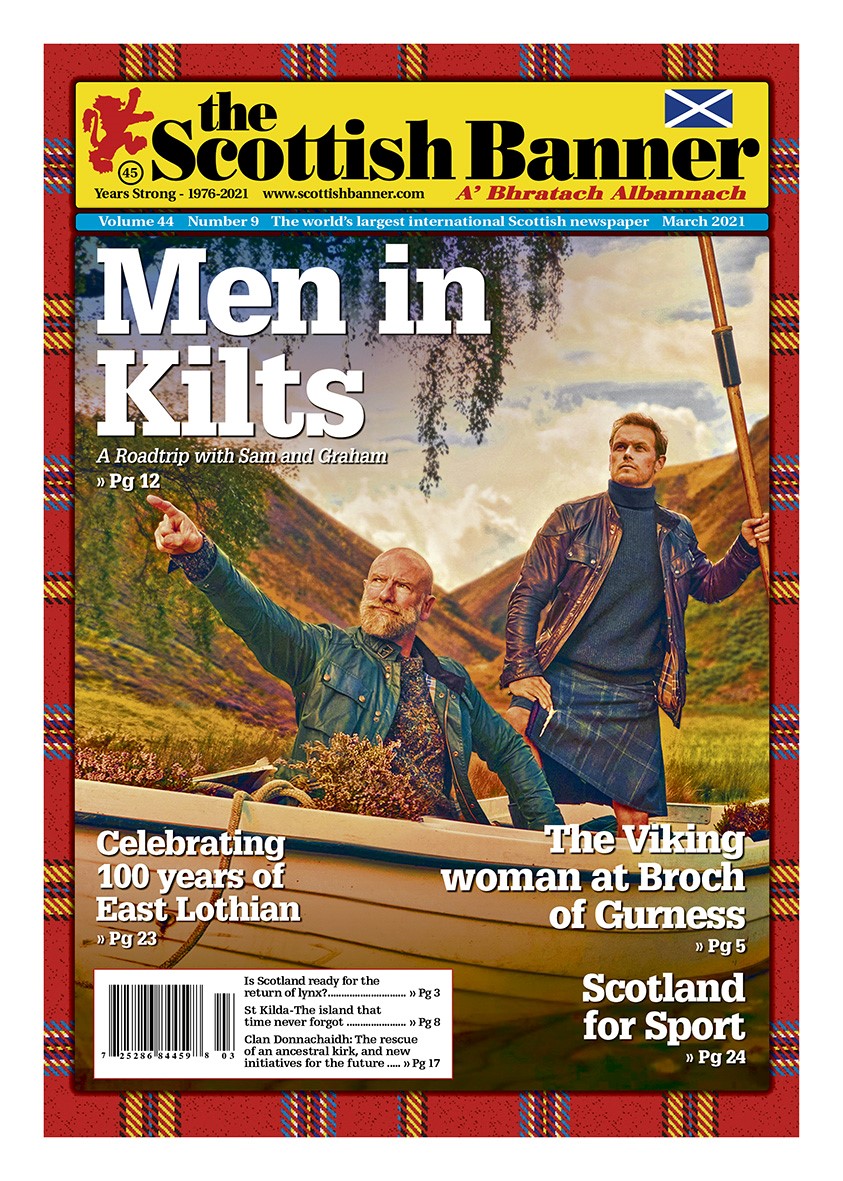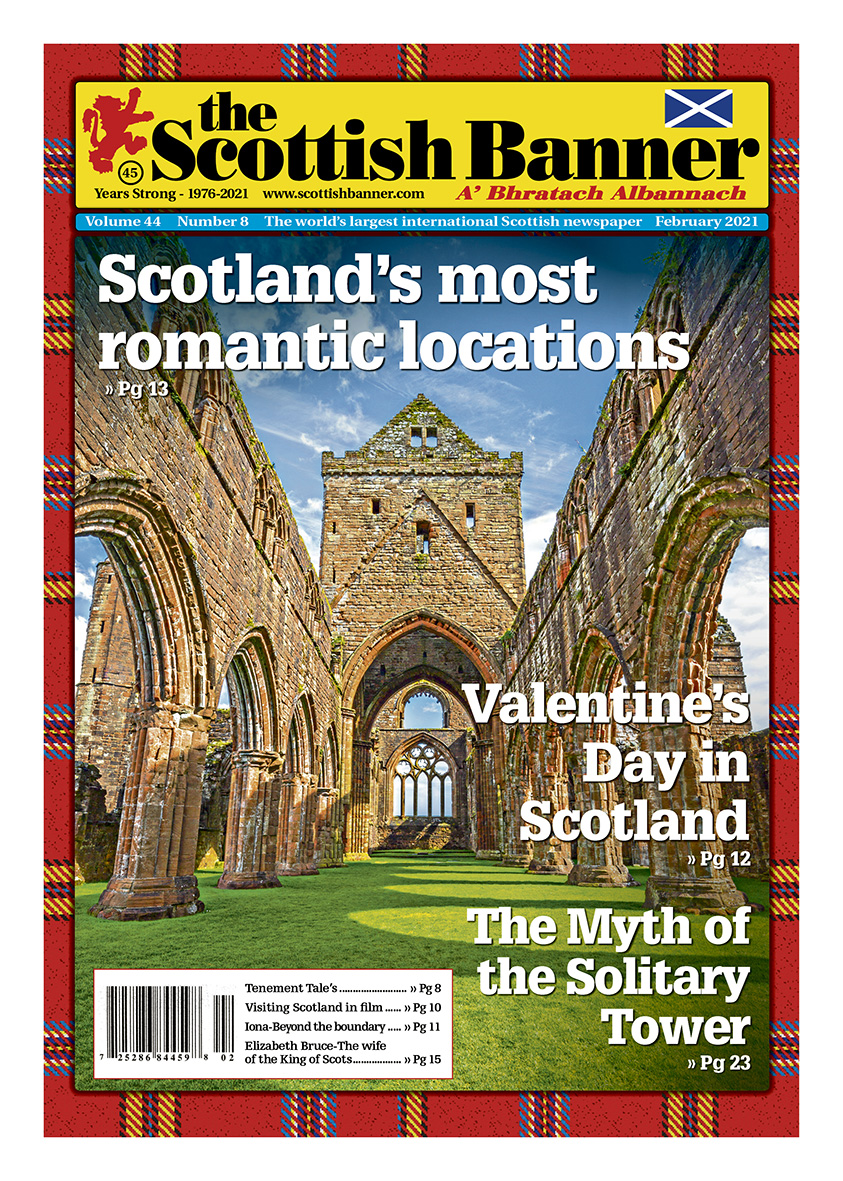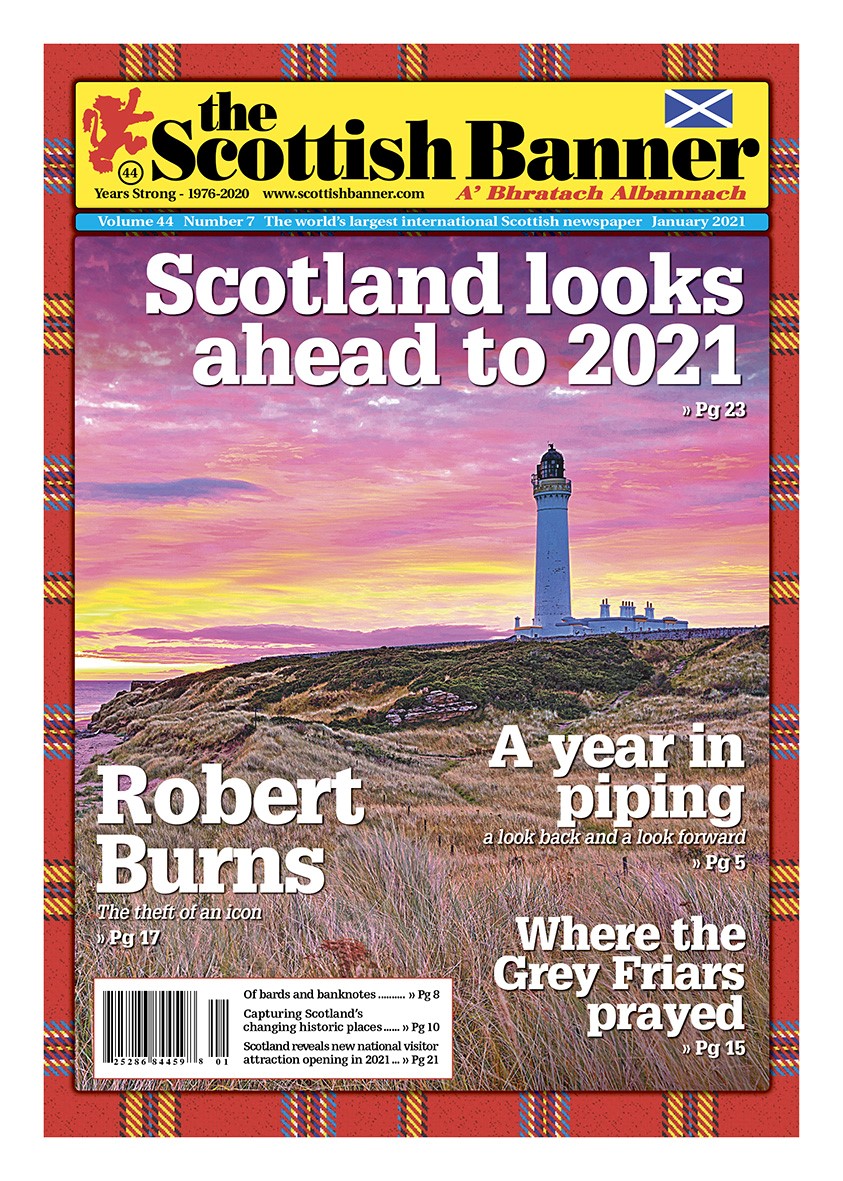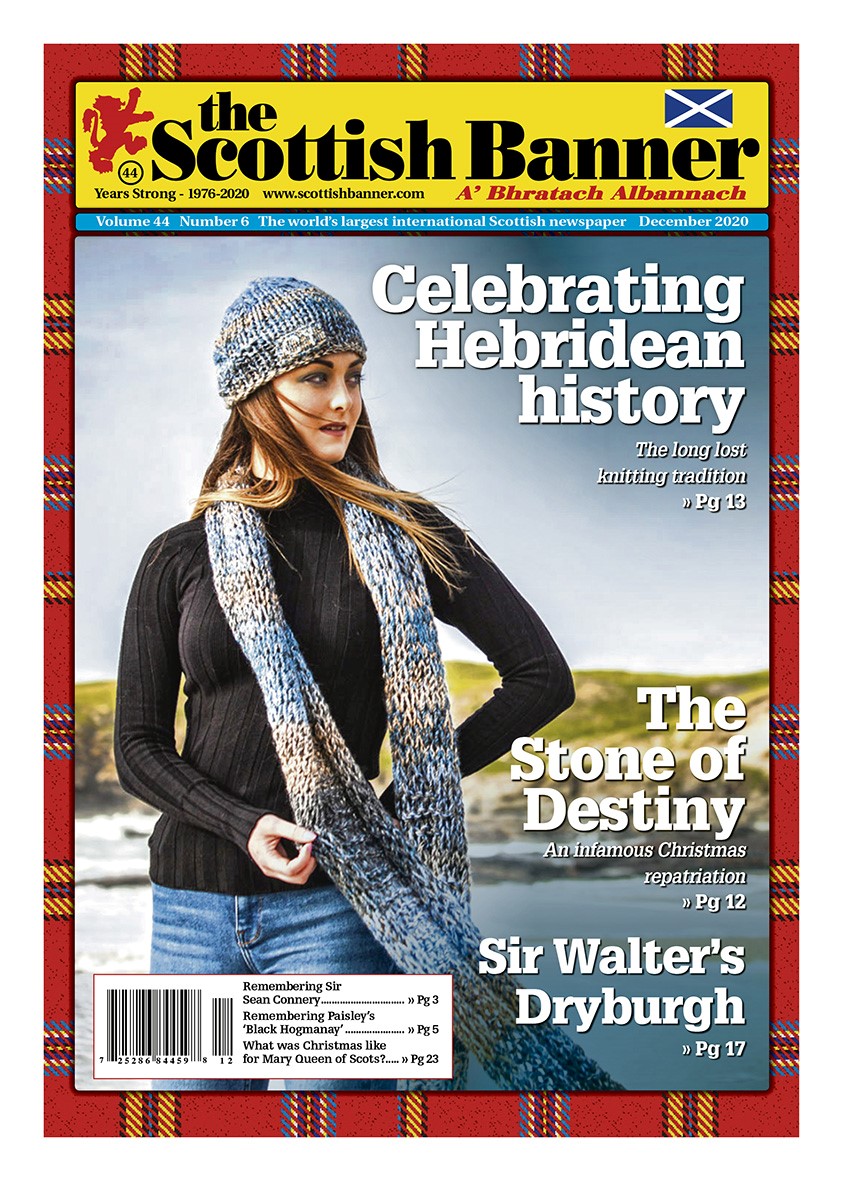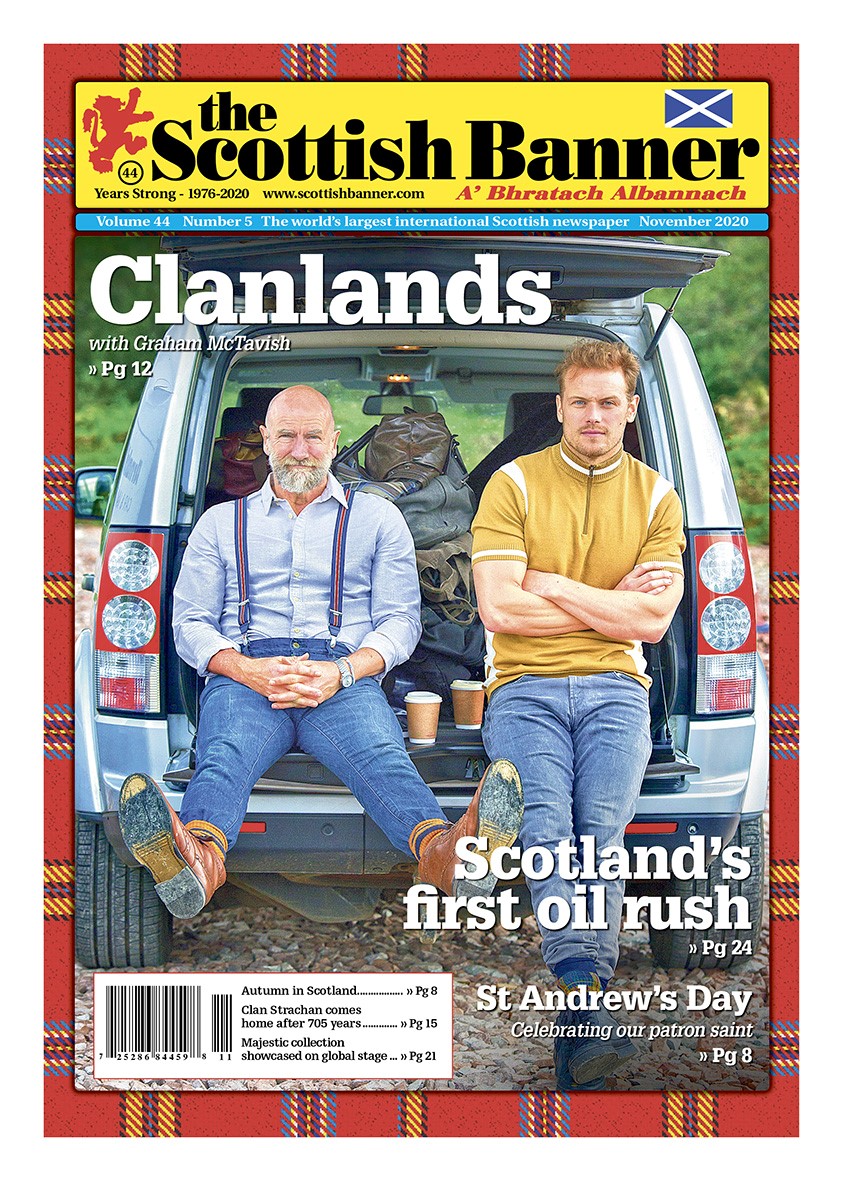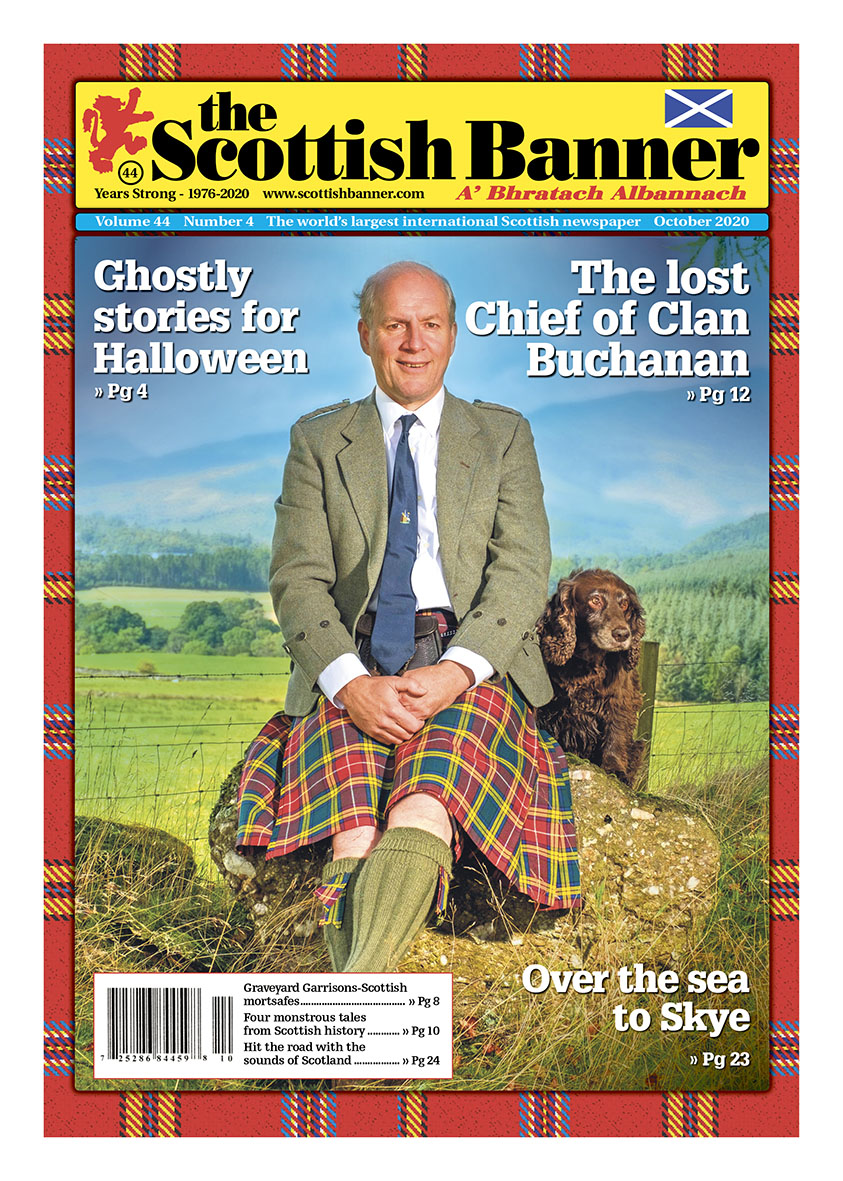The 2021 Robert Burns Scottish Festival (RBSF) is set to return to Camperdown in July this year. The Festivals Chairperson, Dr John Menzies OAM is pleased to announce that the festival is going ahead and promises to be a great festival. The committee is working hard to ensure that patrons and the local community will be able to attend Covid Safe event. Dr Menzies said that careful planning will be put onto place by implementing a Covid Safe Plan for approval from the Chief Medical Officer.
The RBSF will see the return of the school children’s program with primary and secondary aged events including art works, poetry, story writing and the popular shortbread baking competition these activities will happen before the festival and delivered in the schools.
Dr Menzies also said that schools can access programs from the Robert Burns World Federation at no cost and connecting to Scotland, the birthplace of Burns is a wonderful opportunity for students, to learn more about Burns. The committee members are working hard to secure and invite back the musicians who were to perform at last years cancelled festival, these include the Melbourne Scottish Fiddle Club, Fiona Ross and Shane O’Mara, Claire Patti, Luke Plumb and Kate Burke, Indigenous performer Brett Clarke, Austral, and corner house bands are coming to Camperdown this year with a line-up of talented local bands and musicians including Pete Daffy and his band, Tuniversal Music Group, the Twa Bards, Howling Wind ,the Warrnambool Pipes and Drums, and further confirmation from bands to confirm they are coming to Camperdown in July.
Headline performers
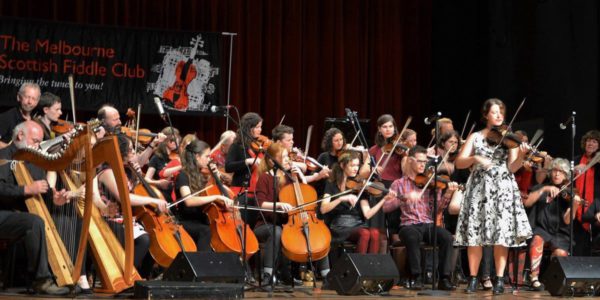
The Festival committee are also re introducing the Satellite Concerts and two events one at Darlington on June 19th with live music and a movie night. The second event will be at the Commercial Hotel in Terang on the Thursday 1st of July. The Gala Dinner will be held at the Theatre Royal on Friday the 2nd of July and promises to be a sumptuous and authentic Scottish meal including an Address to the Haggis, headline performers and more, booking will be essential and numbers will be capped at 100. The popular Music Workshops will be held on the Thursday and Friday with festival musicians running instrumental and vocal workshops and for the first time there will be virtual master classes connecting our festival to the world.
The very popular Cookery Class will be happening with Liz Patterson and Ruth Gstrein which gave participants the opportunity to cook authentic Scottish food and eat a meal at the end of the session. Booking will be essential due to limited class sizes. Lecture co-ordinator Bob Lambell has organised four wonderful guest speakers for Saturday the 4th July to be held at the Killara Centre. Wee Stories at the Library for the children, Activities in the Avenue with music, Highland Dancers and pipes will activate the Clock Tower precinct with Market Stalls and plenty of things to see and do. A number of concerts at various venues over the weekend will be hosted so there is plenty of variety on offer. Both Saturday and Sunday the Camperdown Heritage Centre and the Masonic Lodge will be open for folk to visit along with the Clock Tower.
Highland Dancing on Saturday will also be opened to the public and for the Golfers the Robbie Burns Ambrose will be hosted at the Camperdown Golf Club. On Saturday evening the family night event with workshop participants coming together to provide the music at the Theatre Royal and smaller events at various venues including the local hotels will give patrons lots of choice. Sunday market stalls and children’s activities in the avenue, music with the Twa Bards and poetry at the statue in the morning with the Festival Finale Concert in the afternoon winding up the festival.
The Robert Burns Scottish Festival will take place July 2-4. Tickets will be available soon so please check the festival website: www.camperdownburnsfestival.com.au and www.facebook.com/robertburnsfestival
For further information please contact Catherine O’Flynn RBSF Co-ordinator on 0407 056 126.

